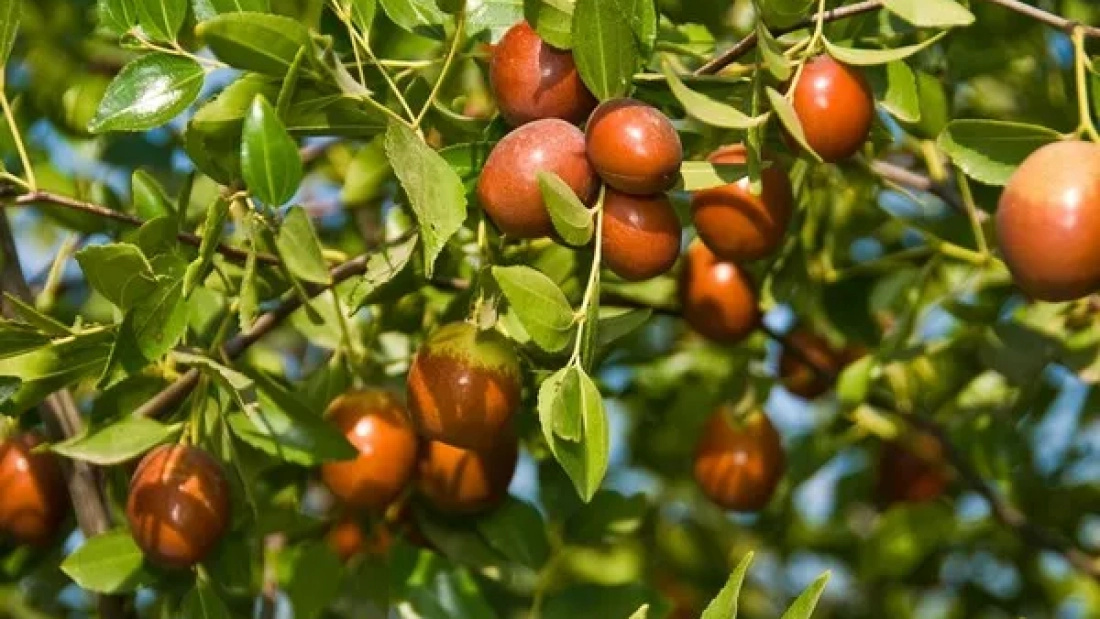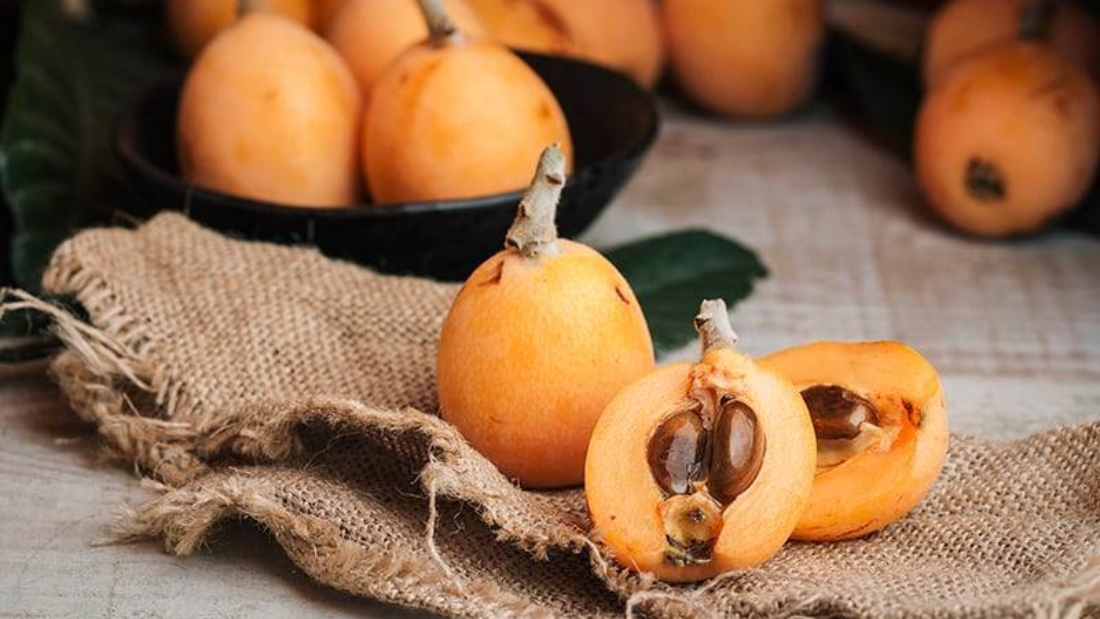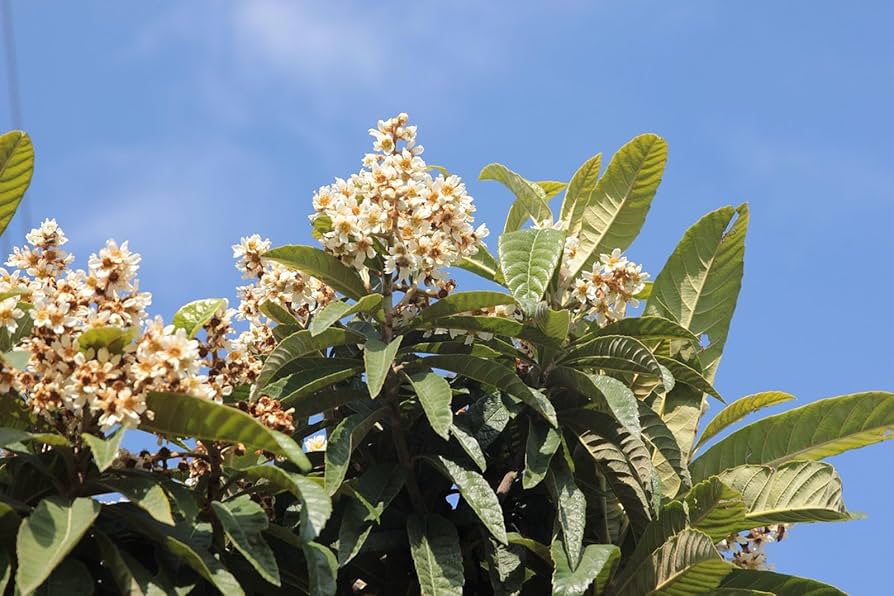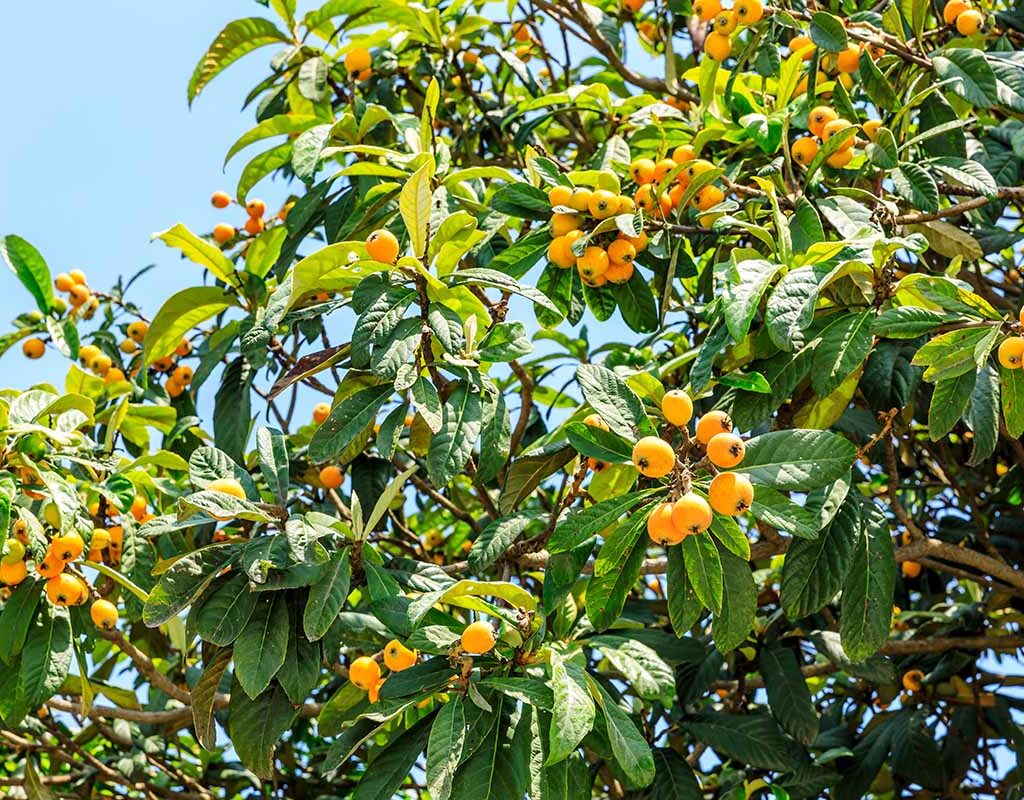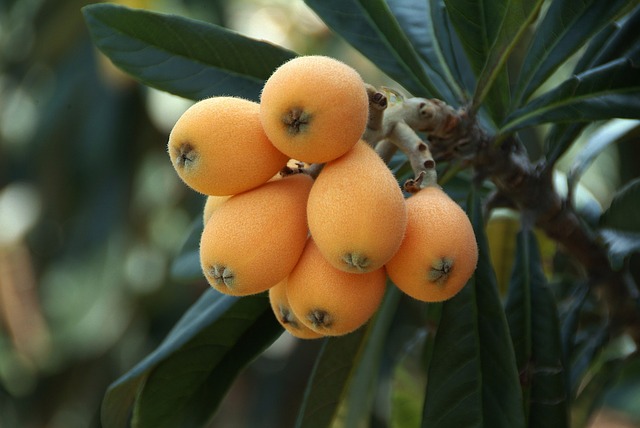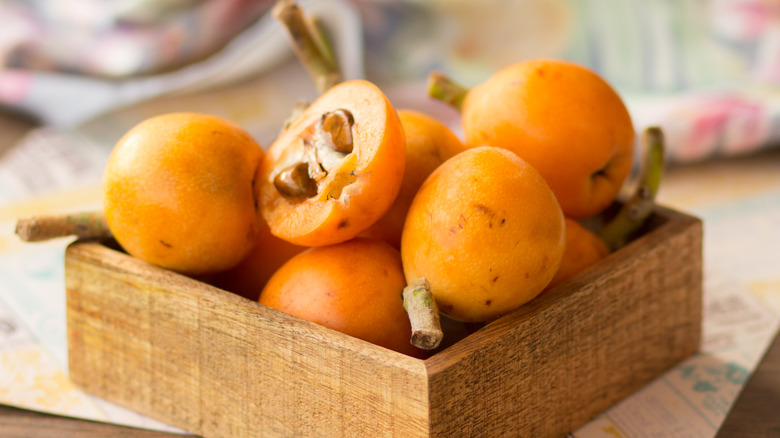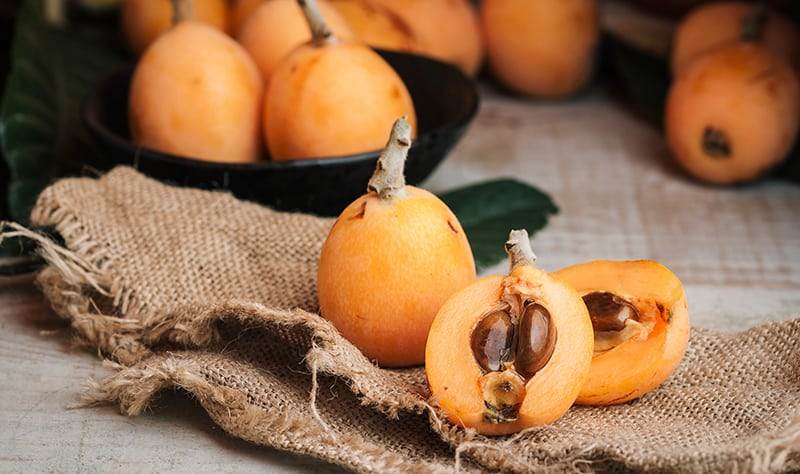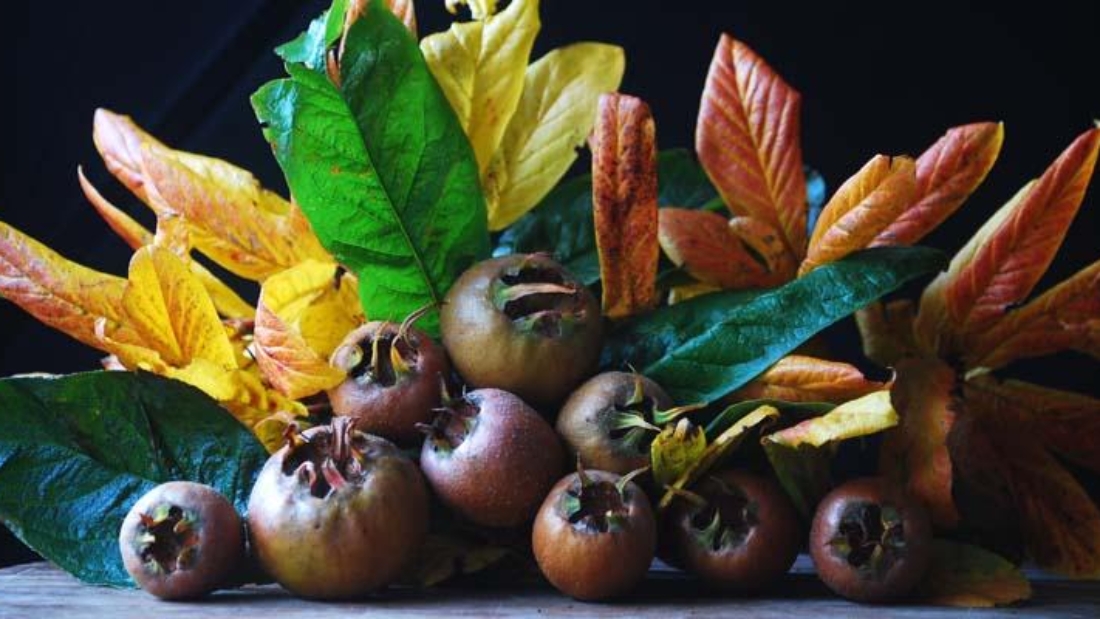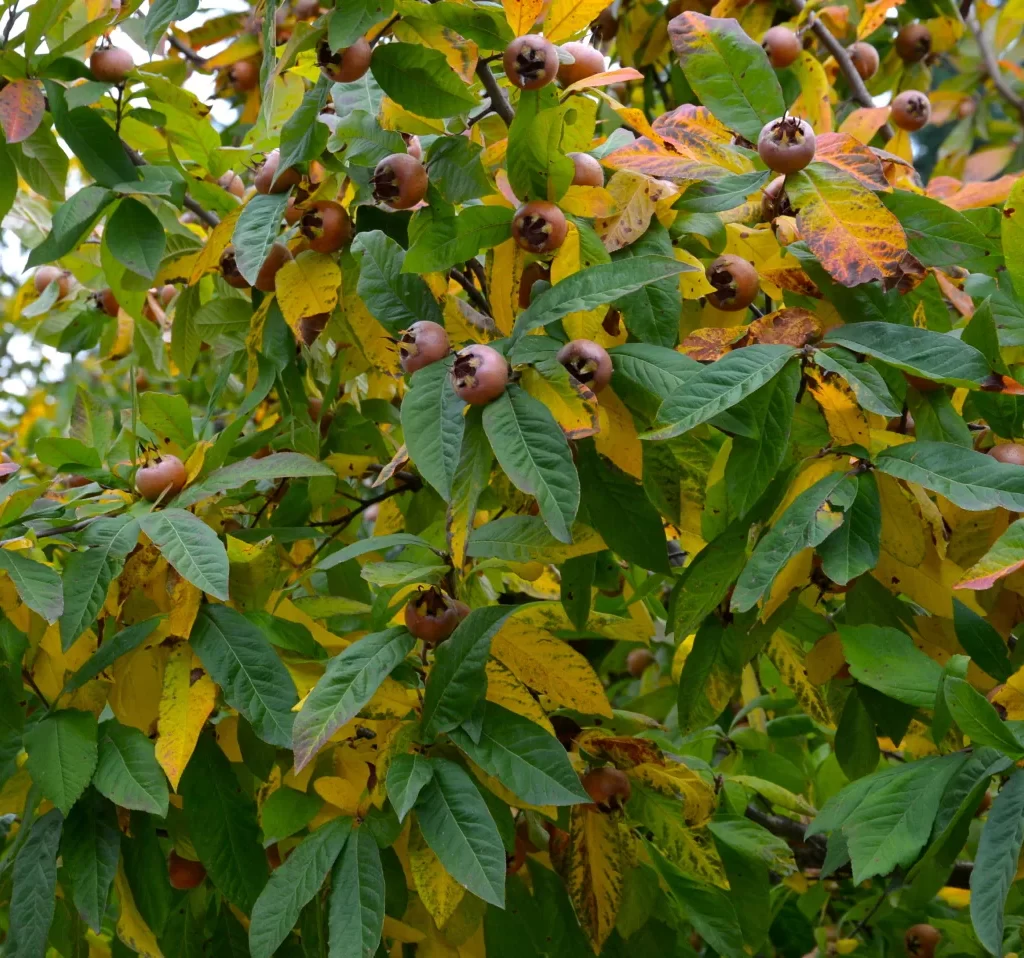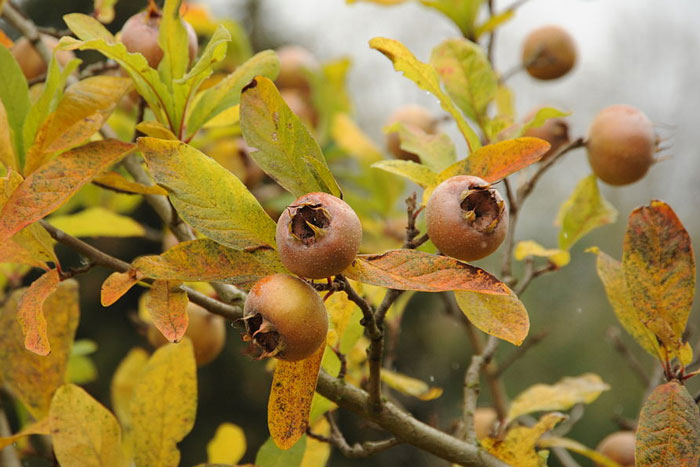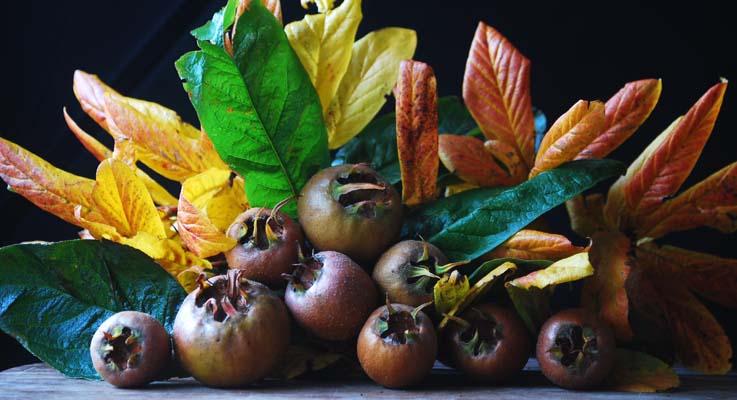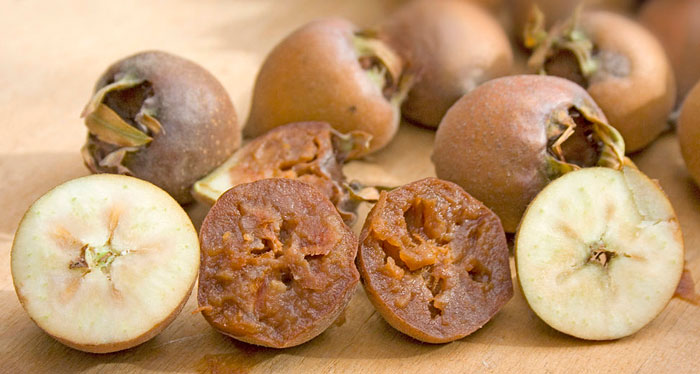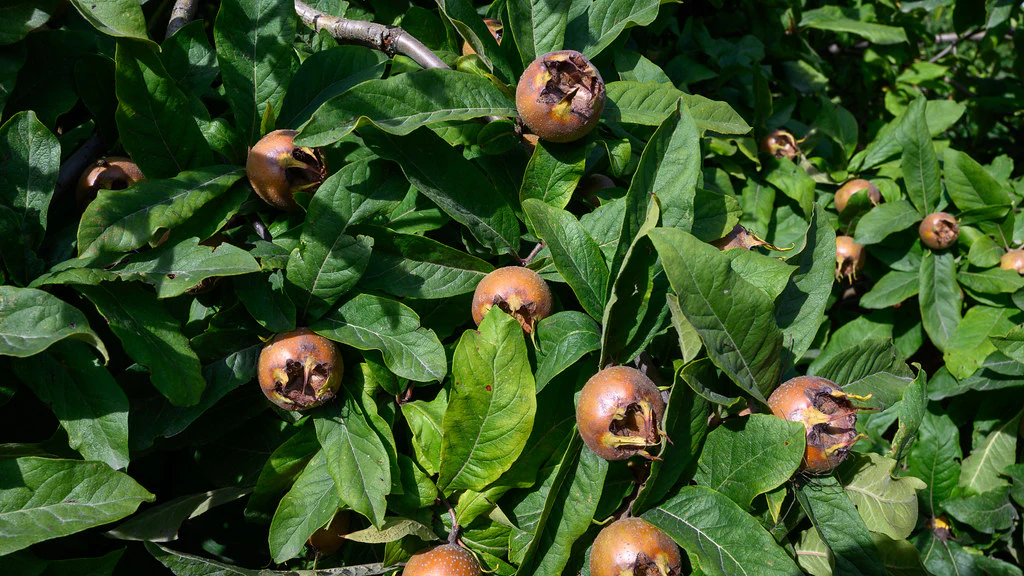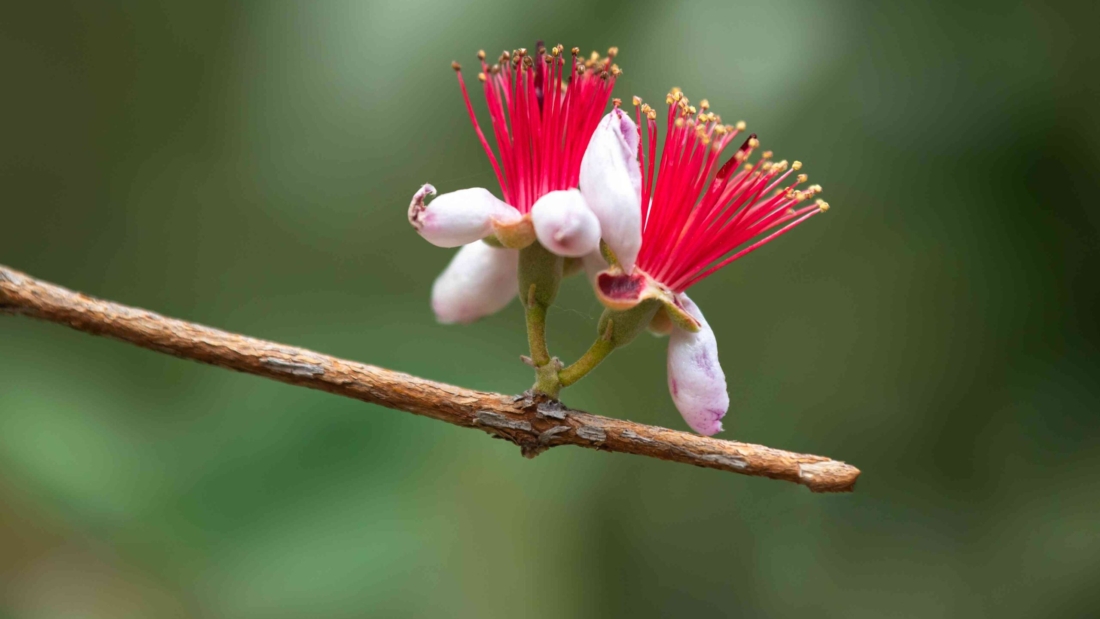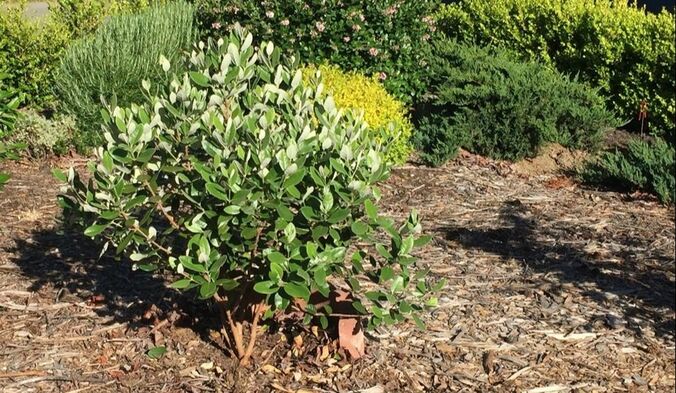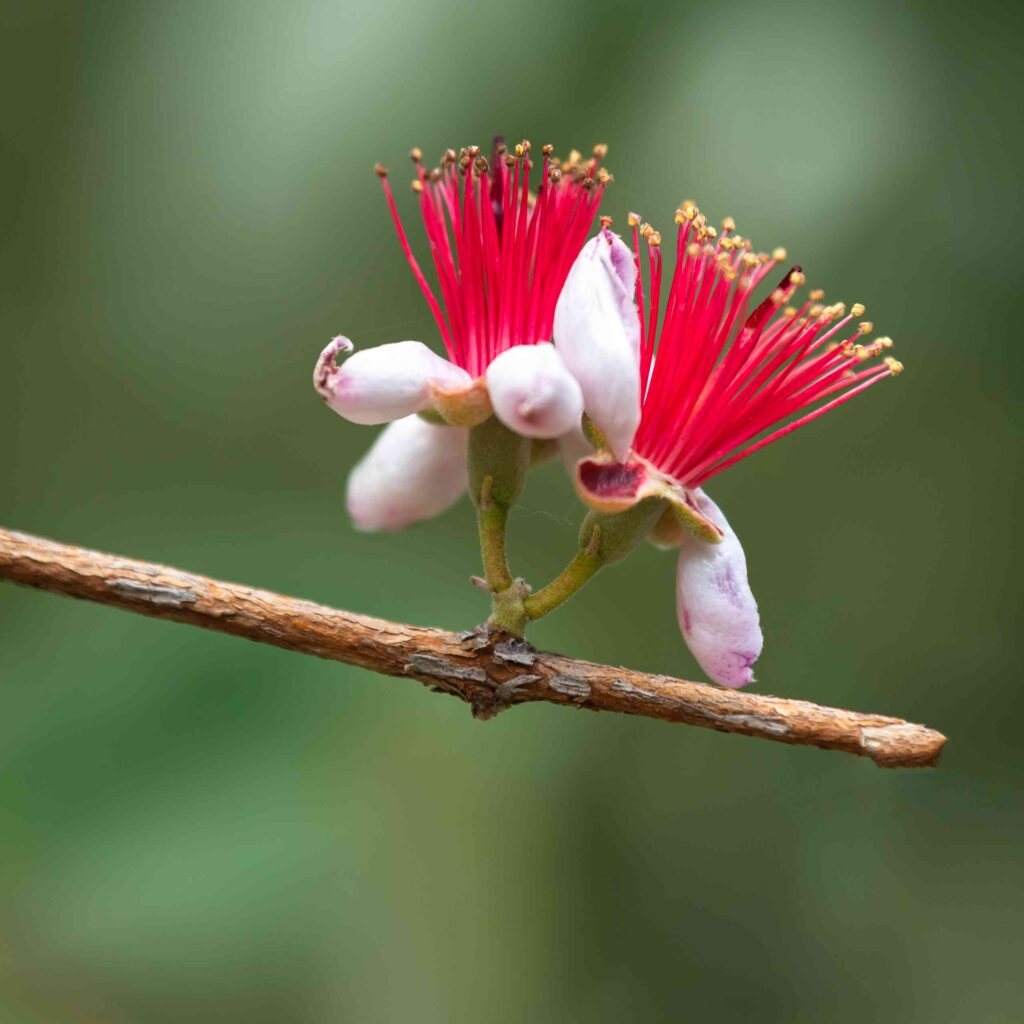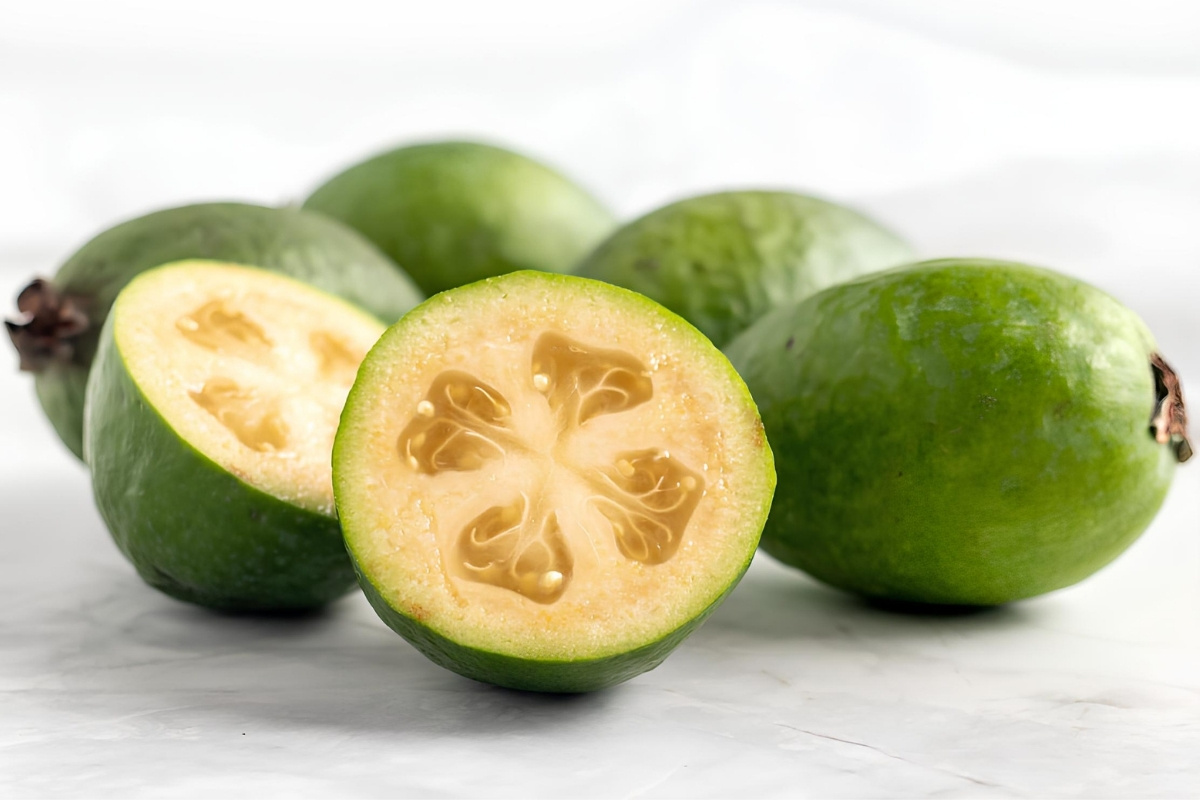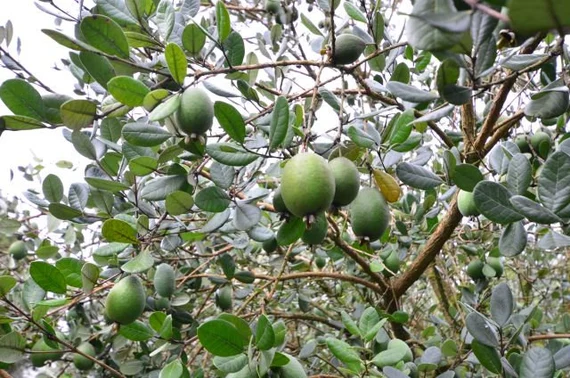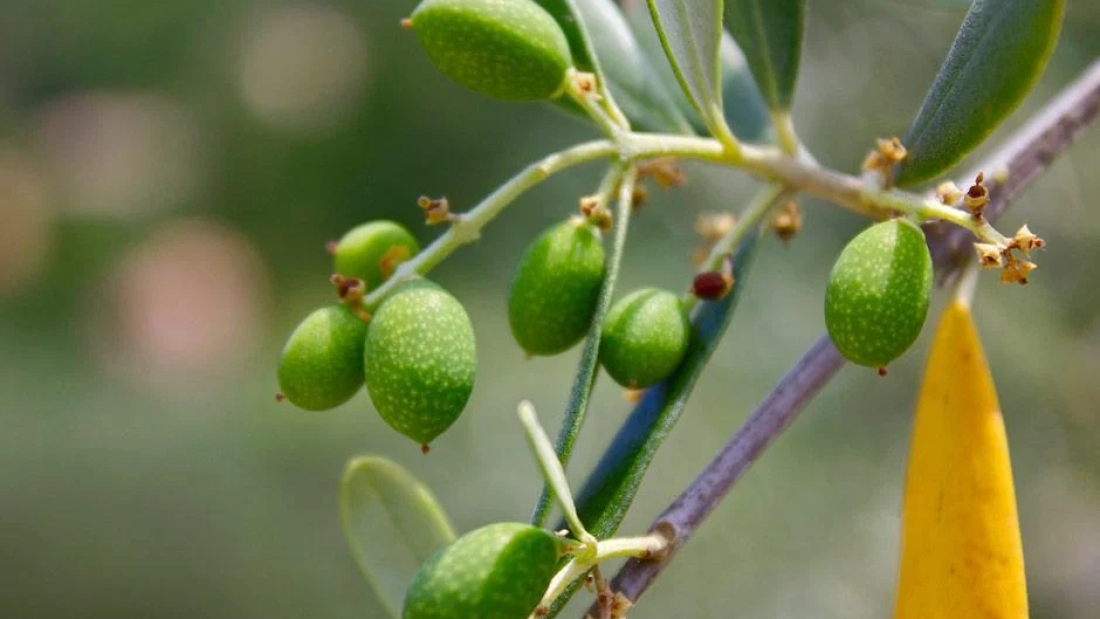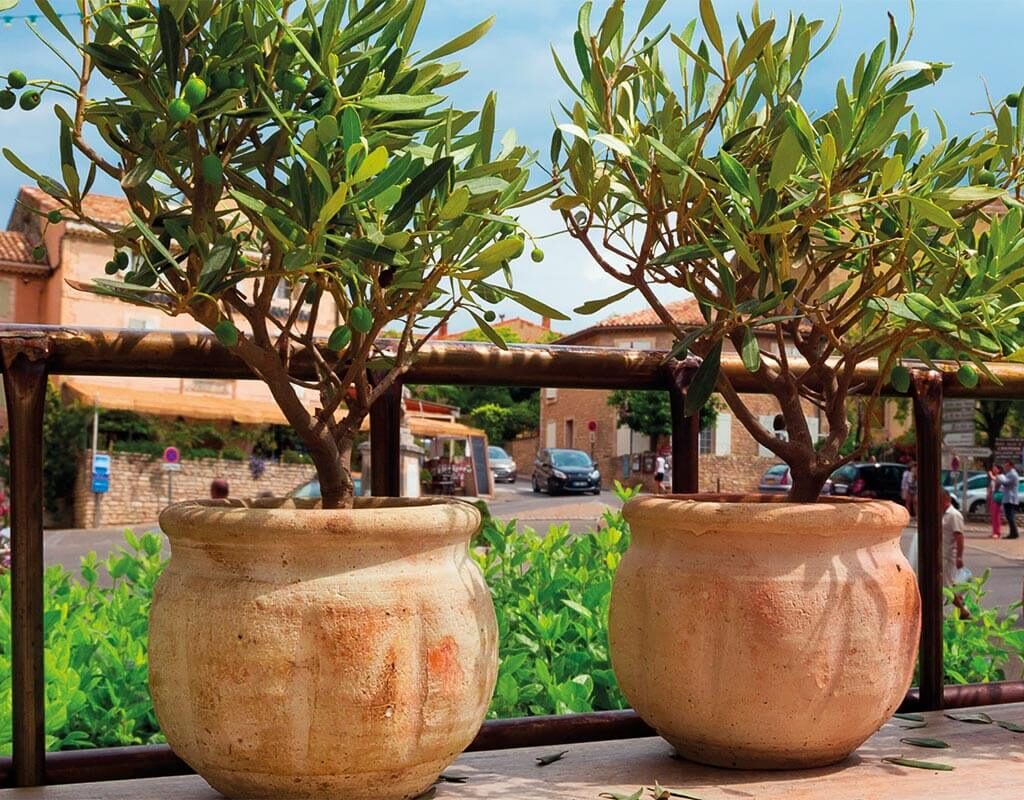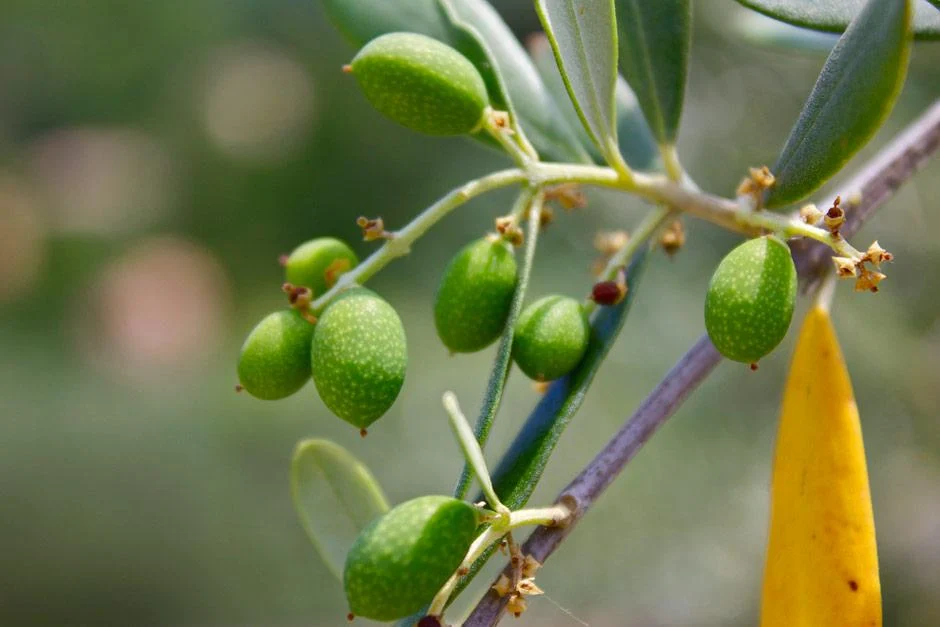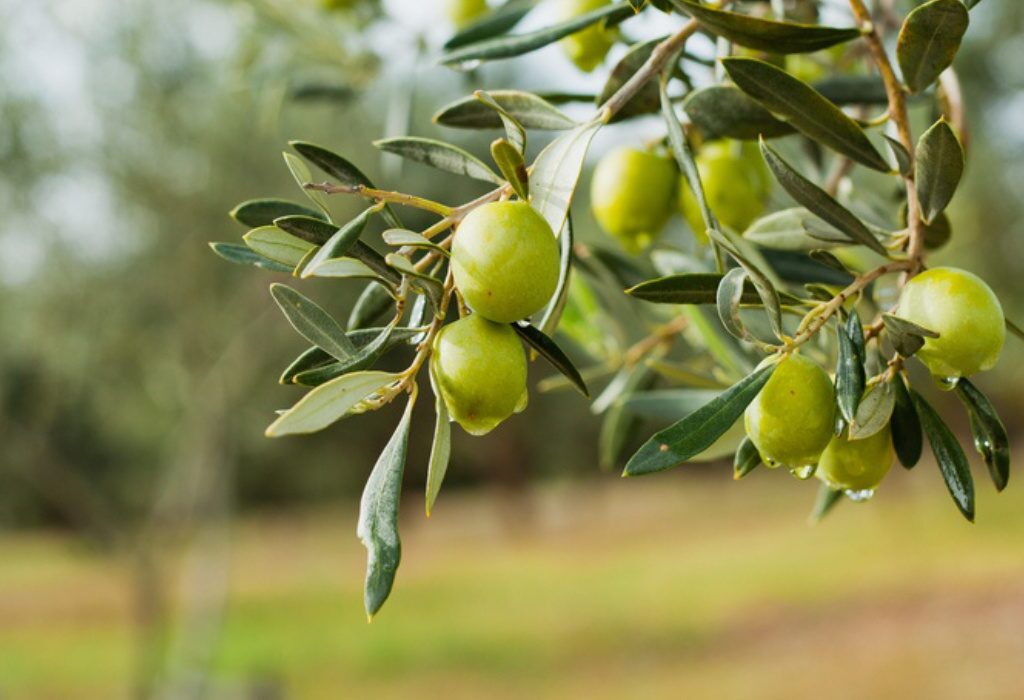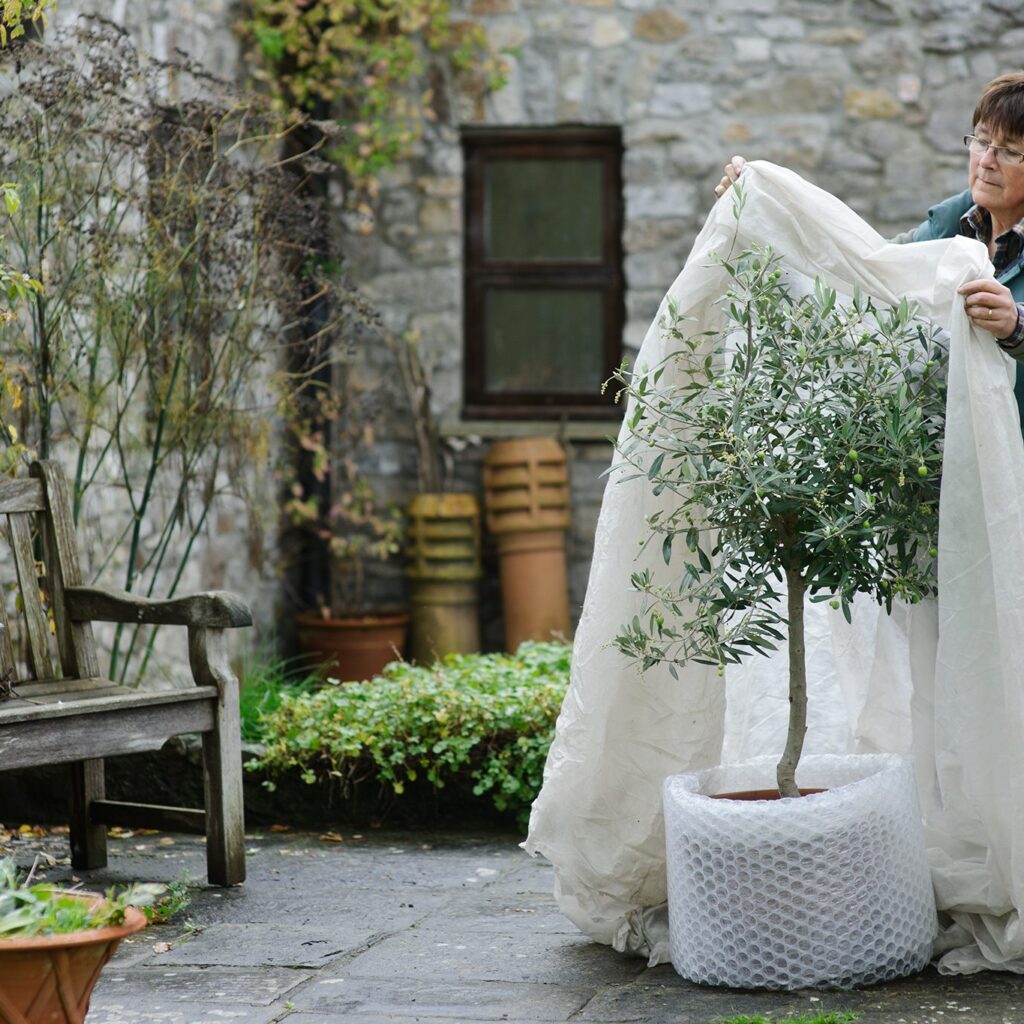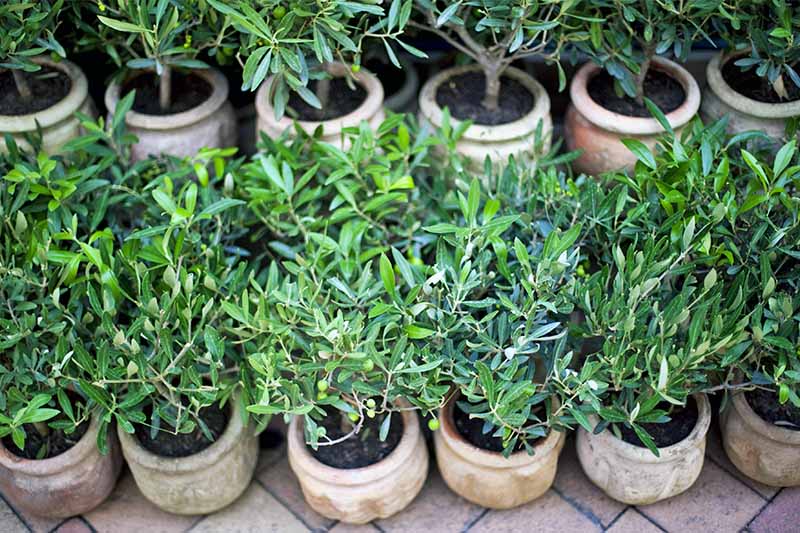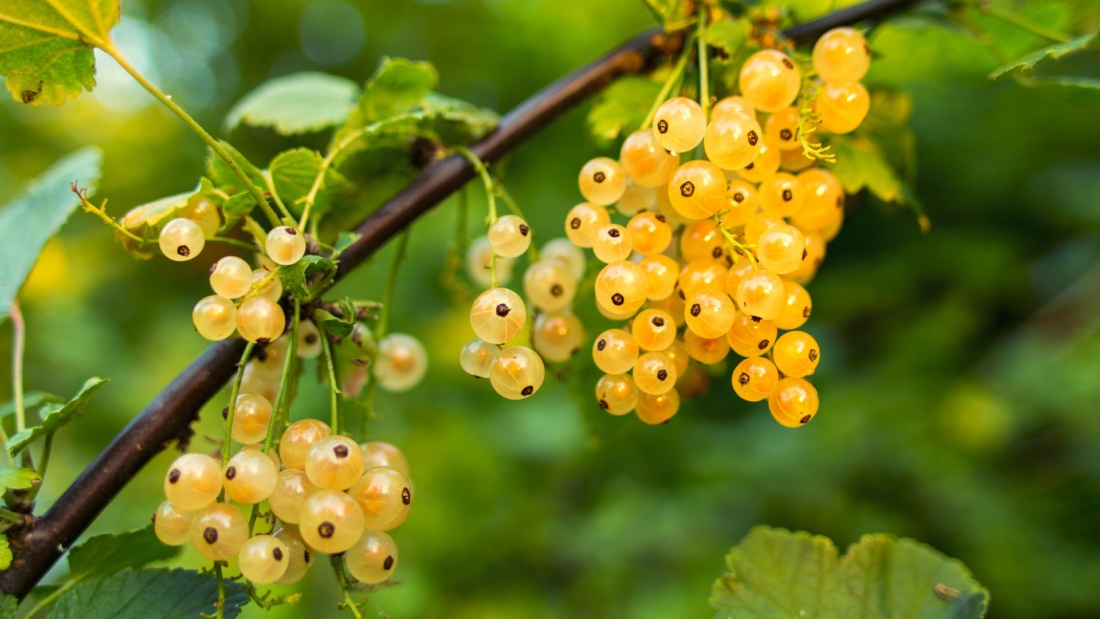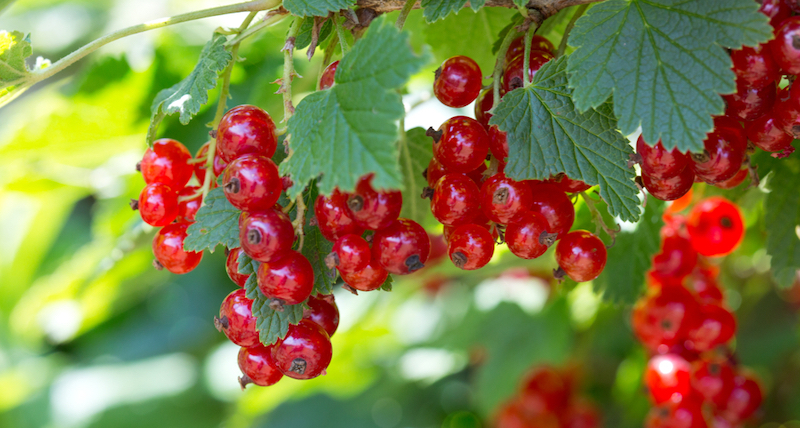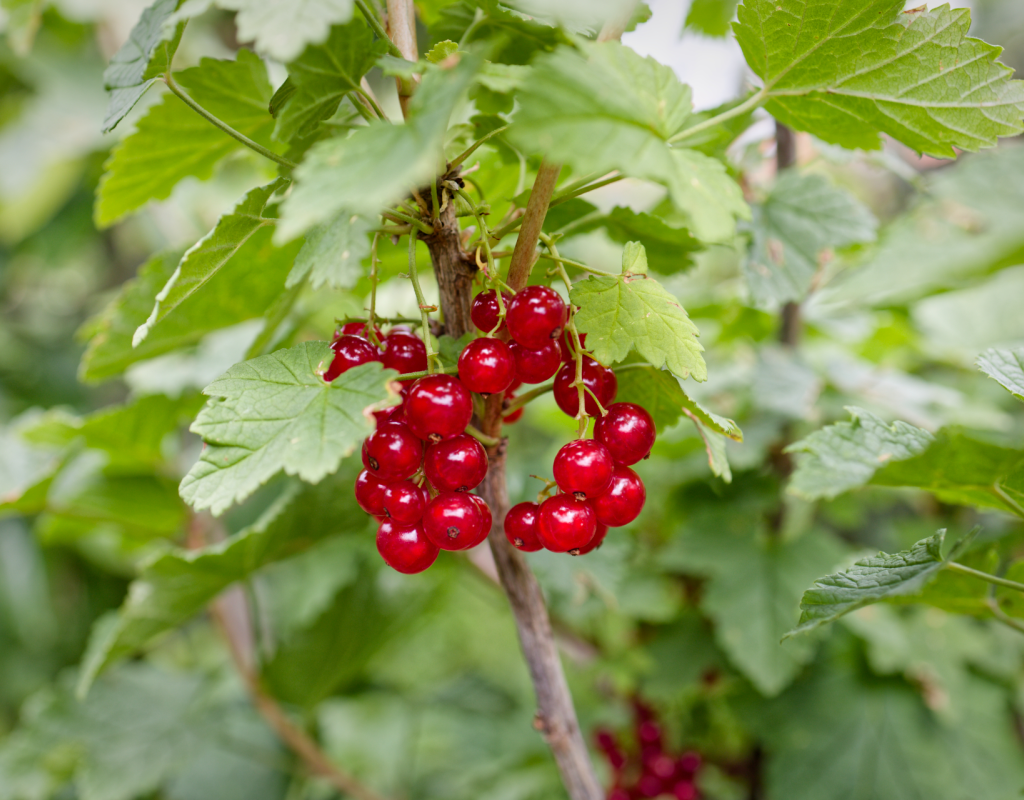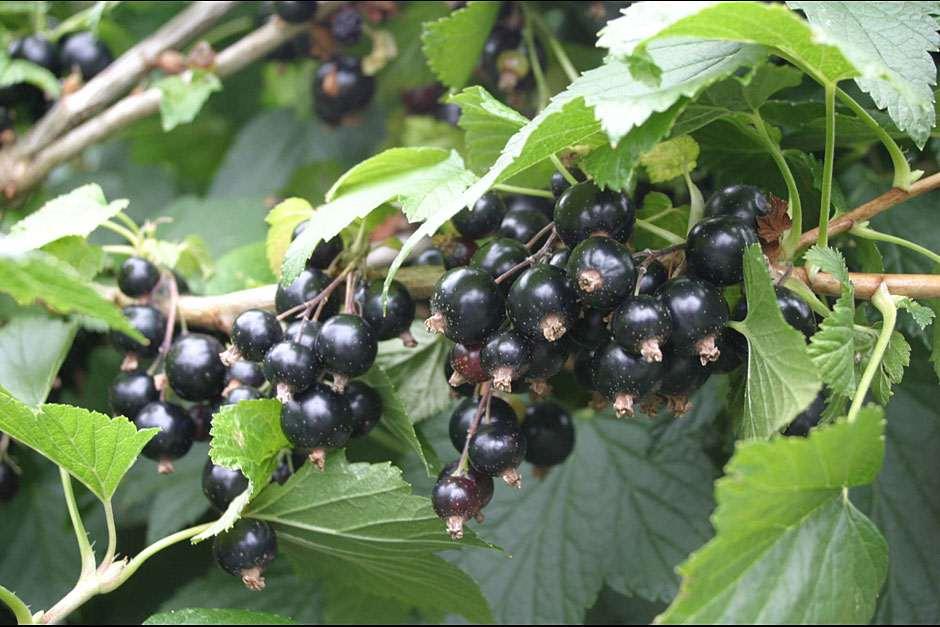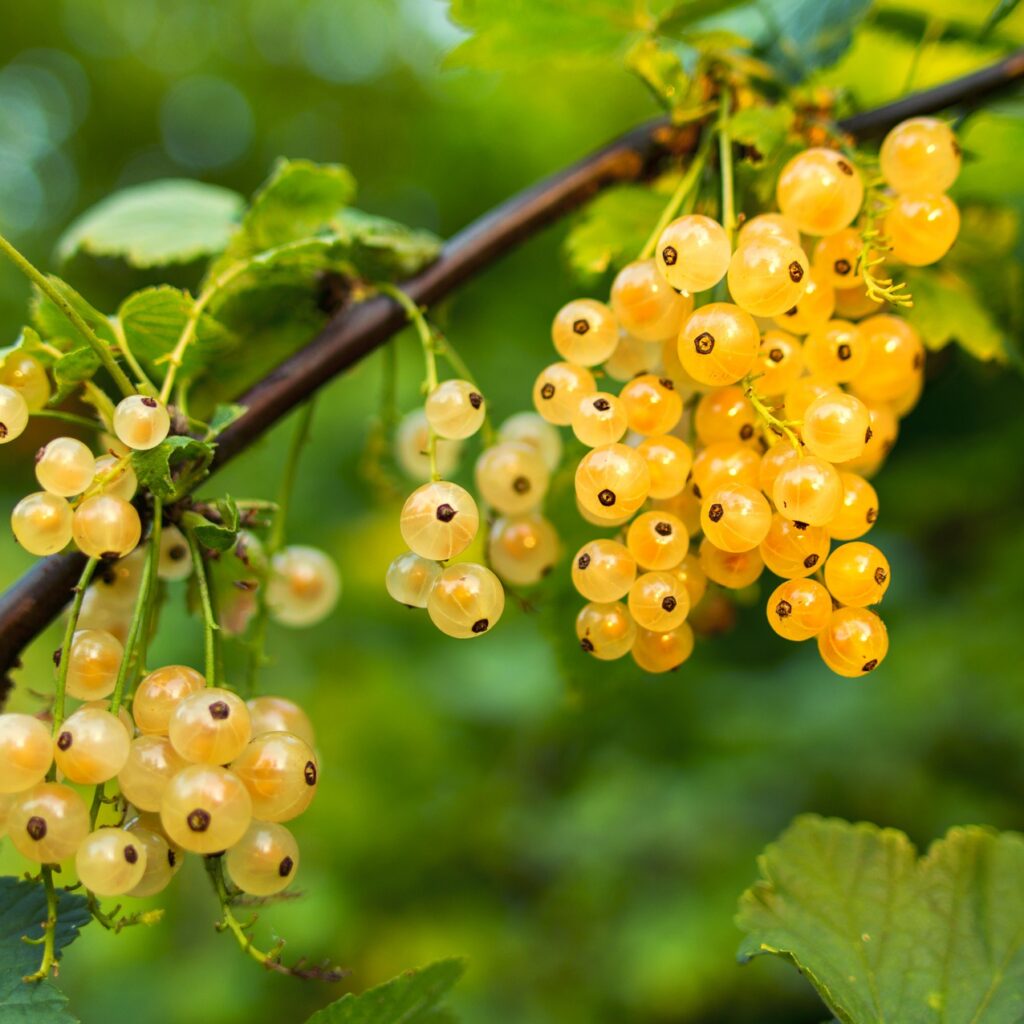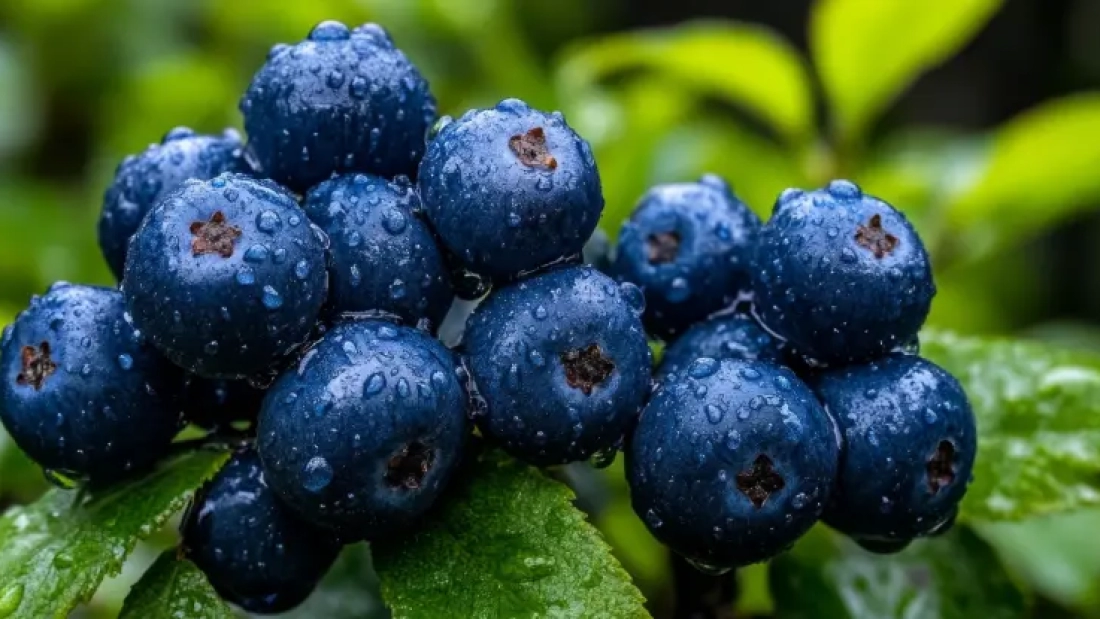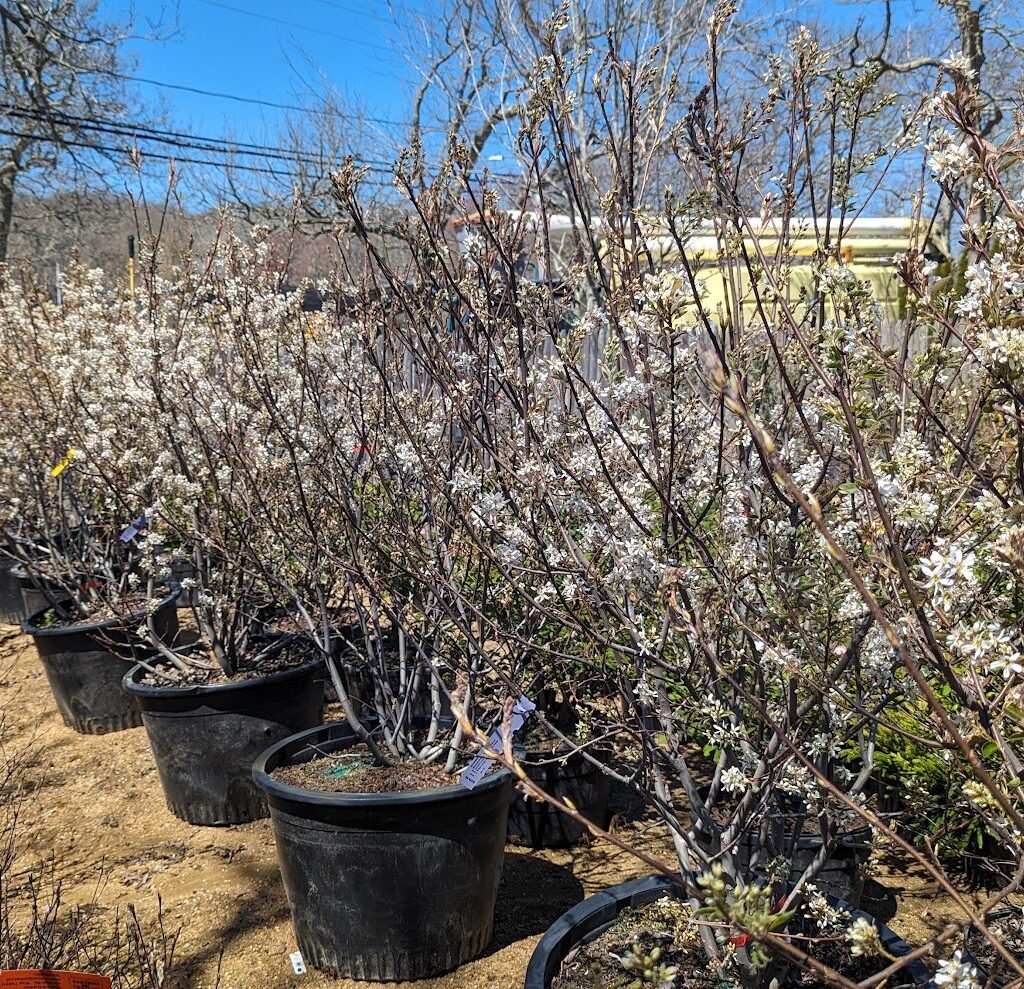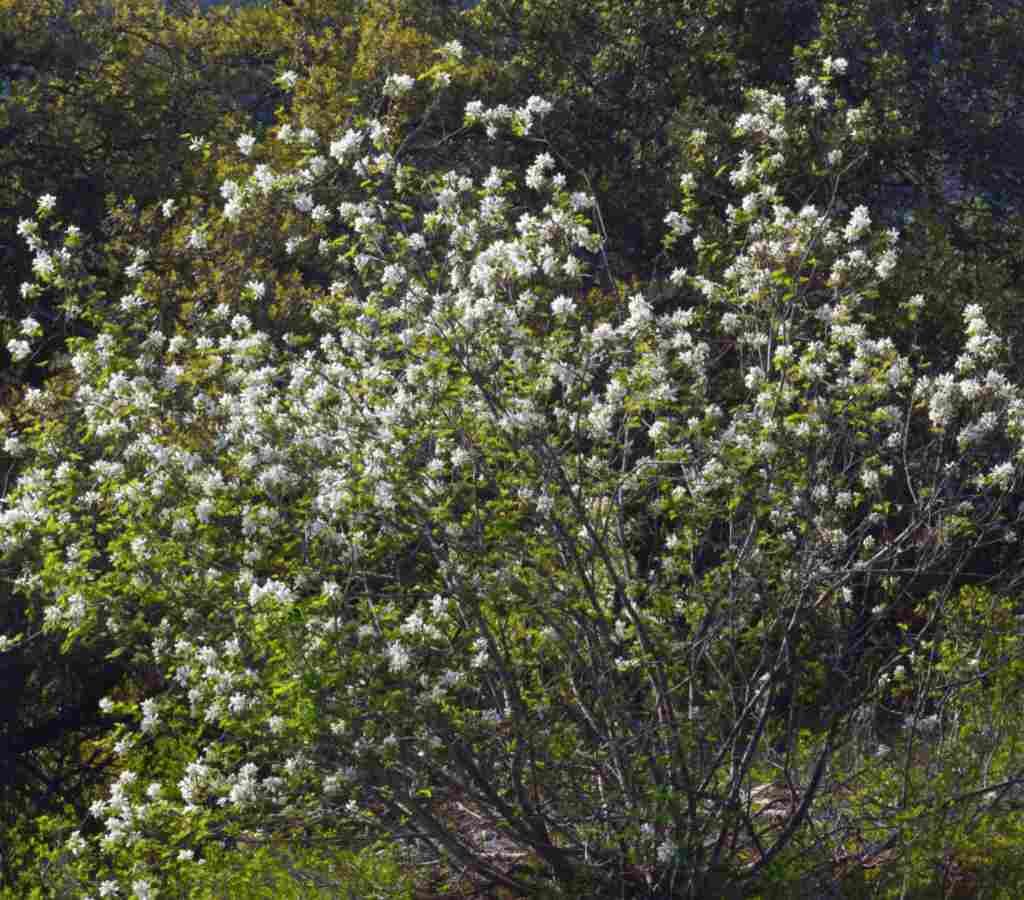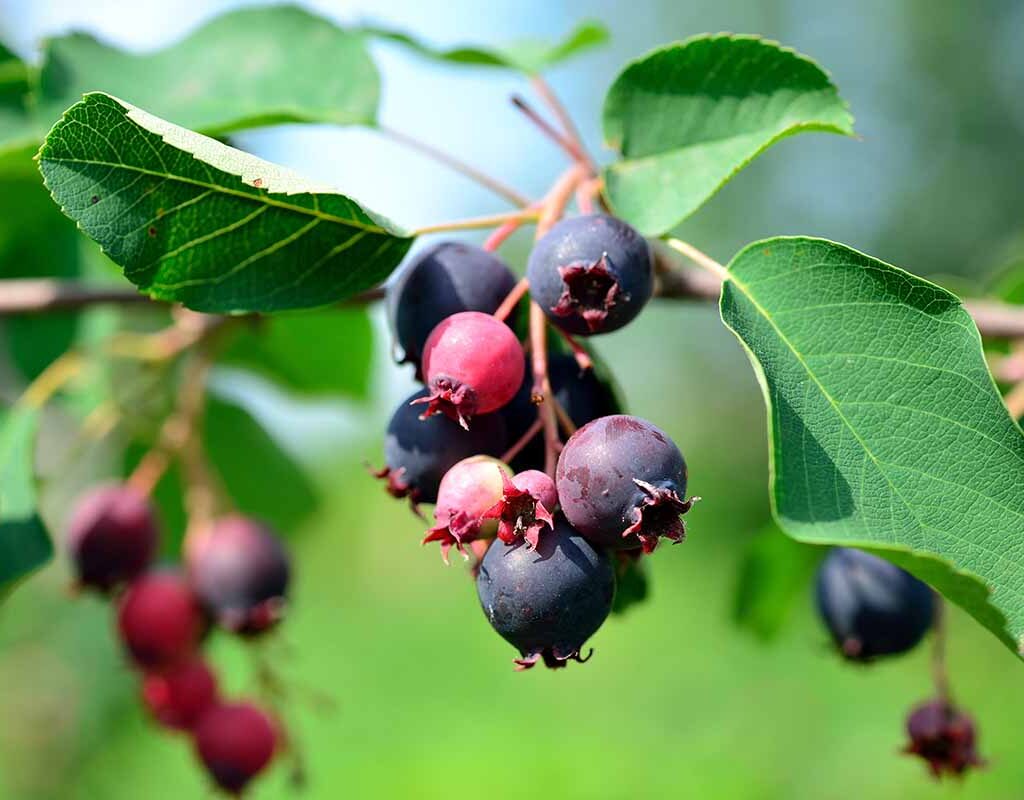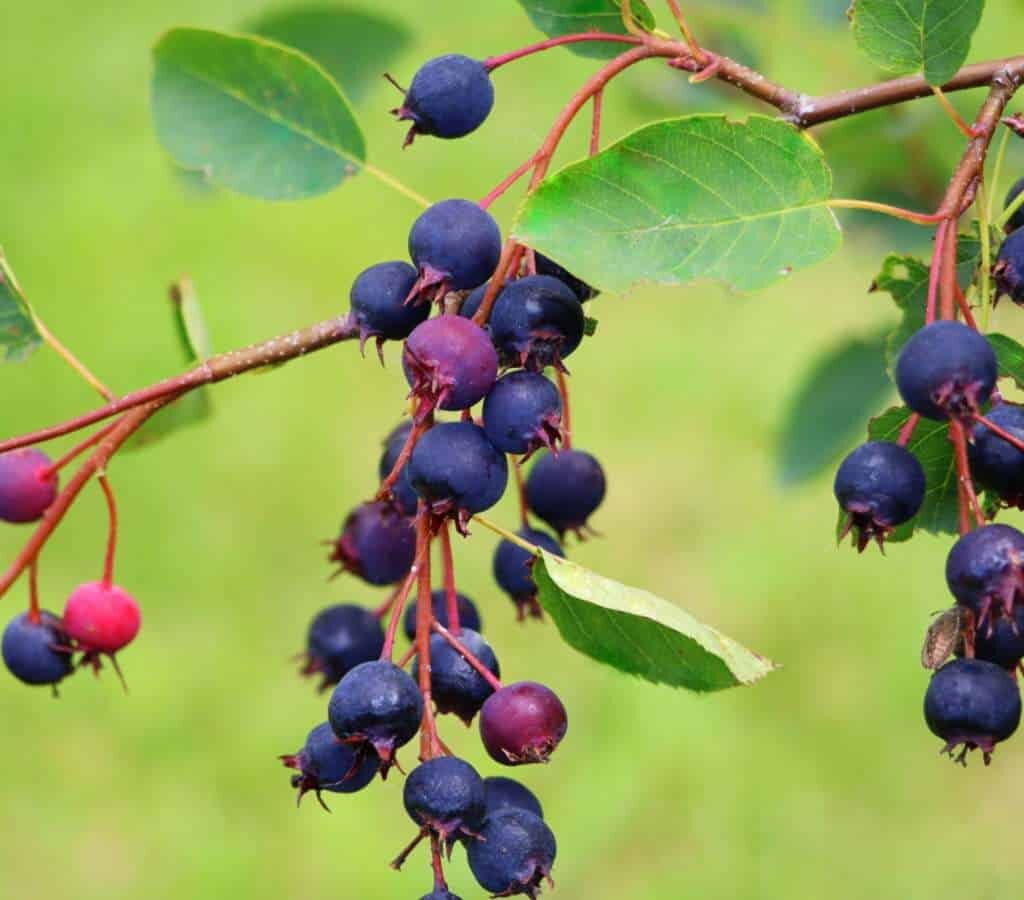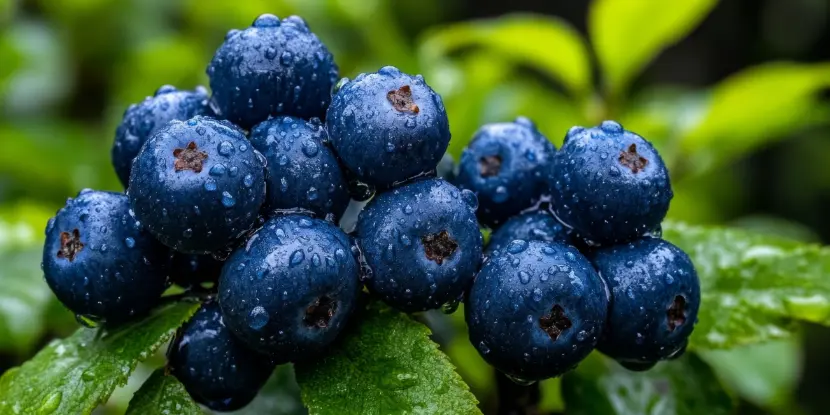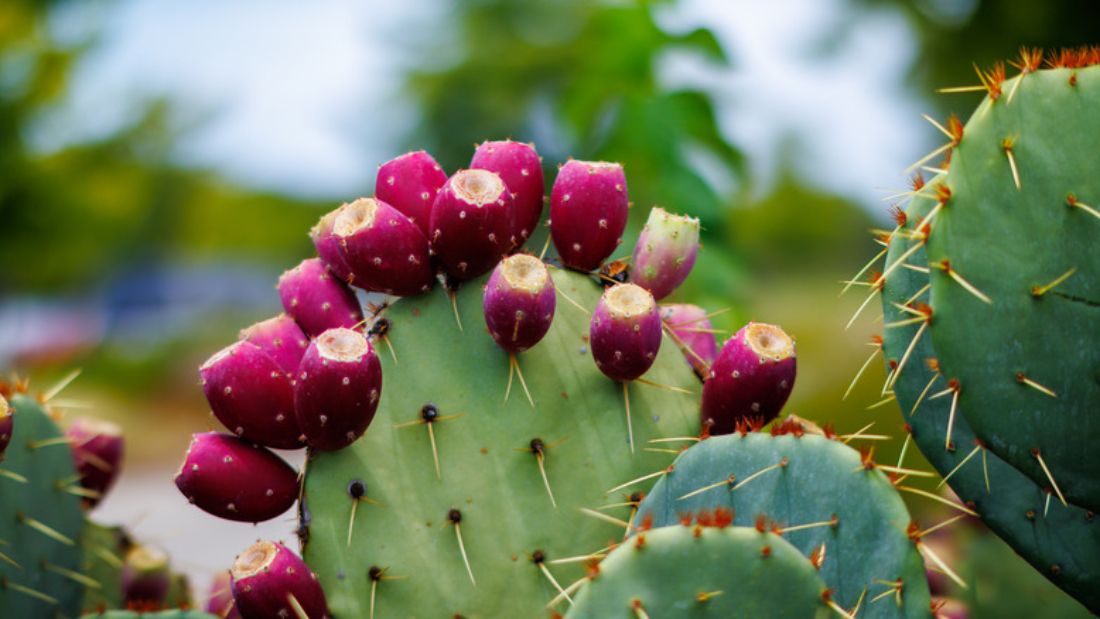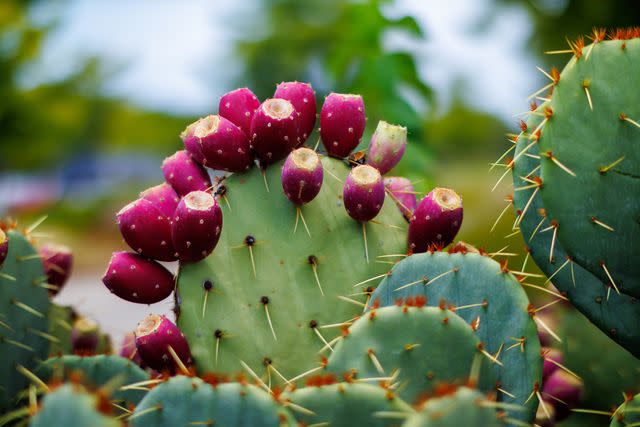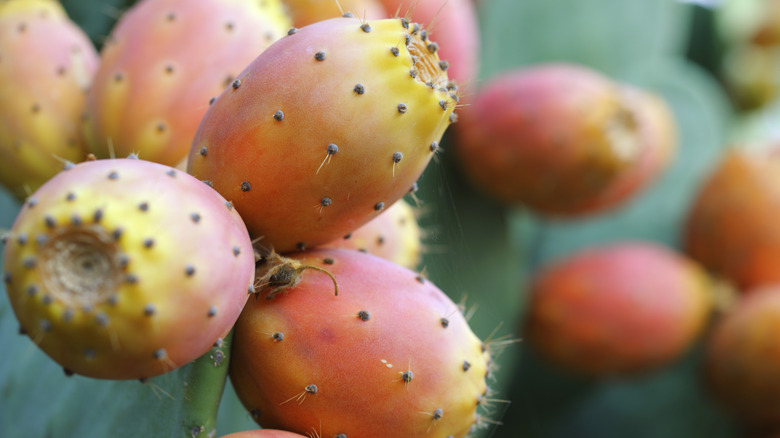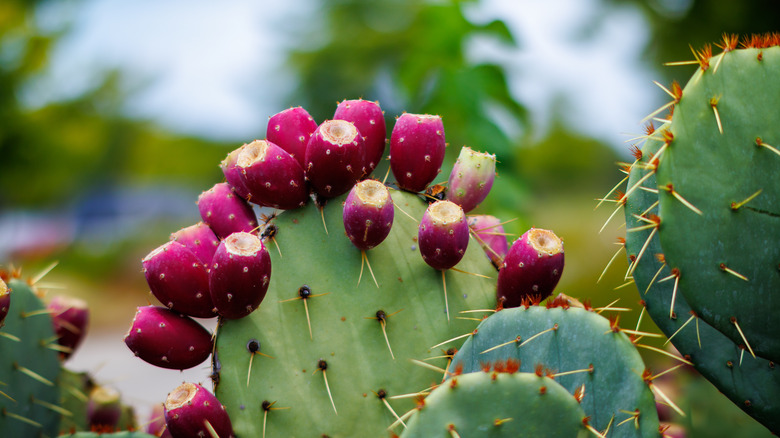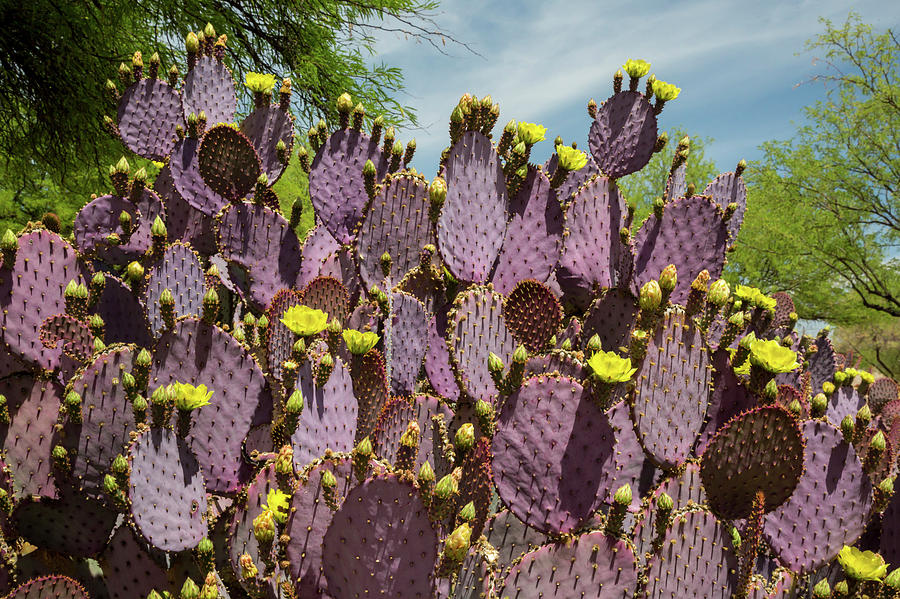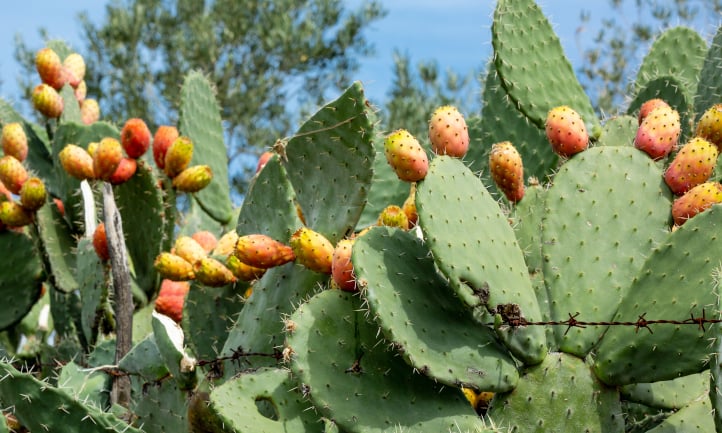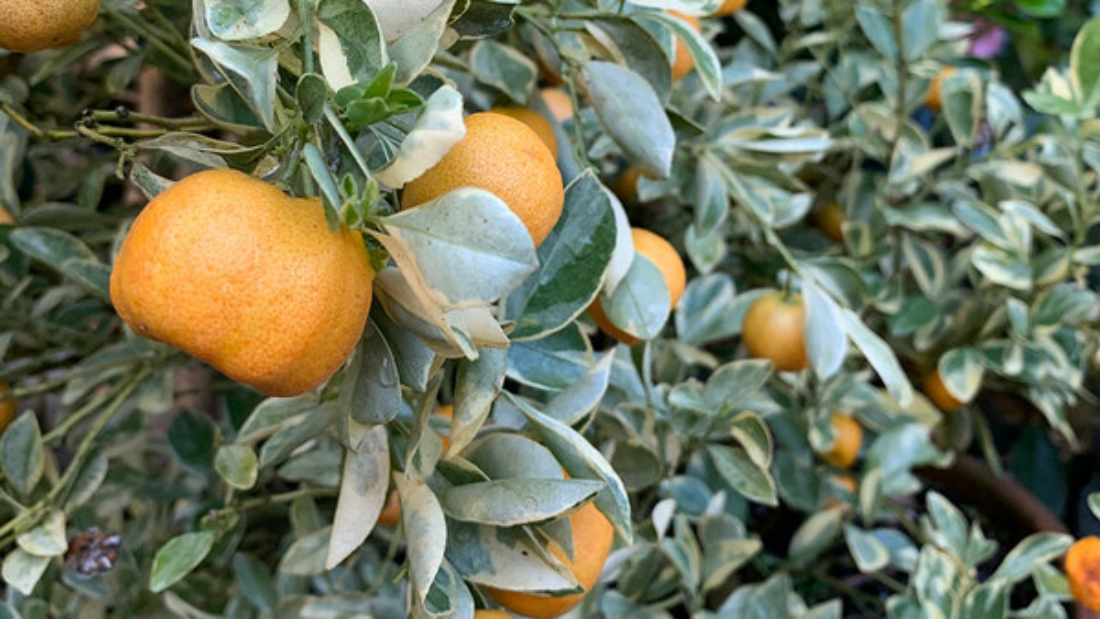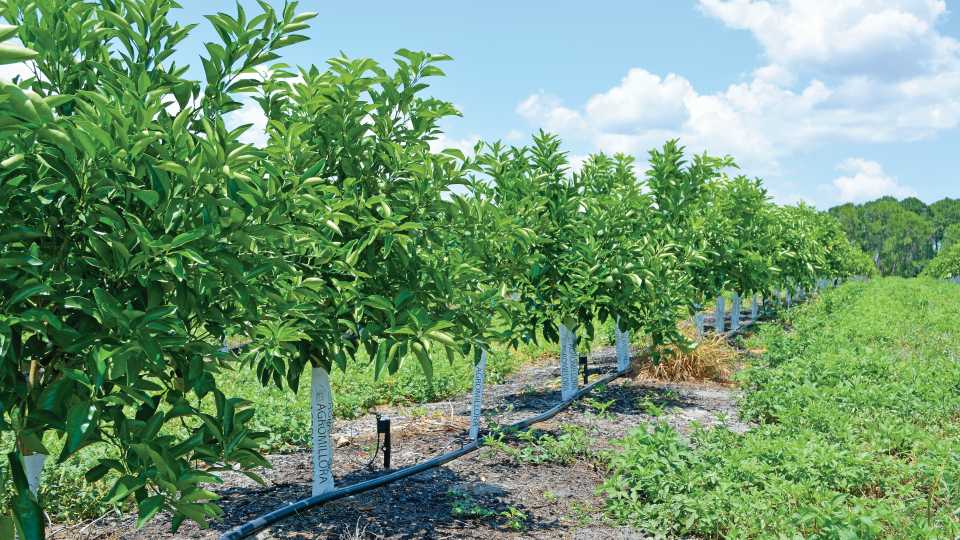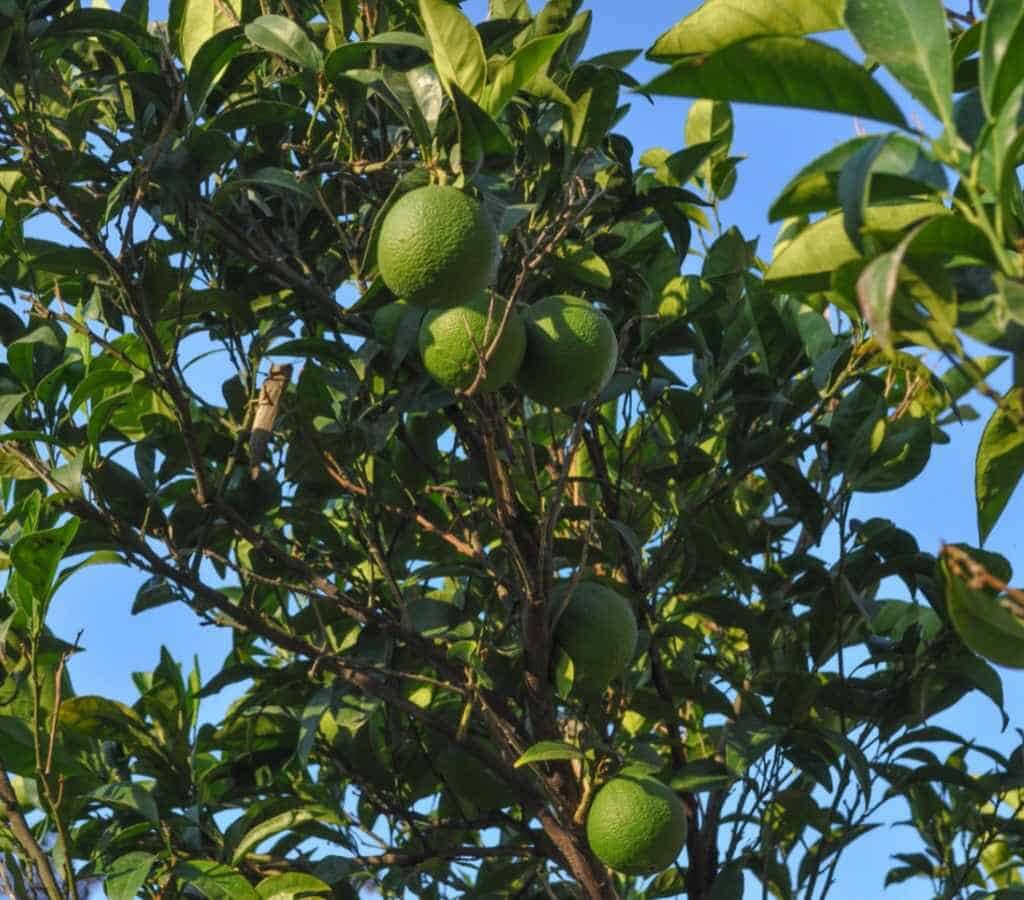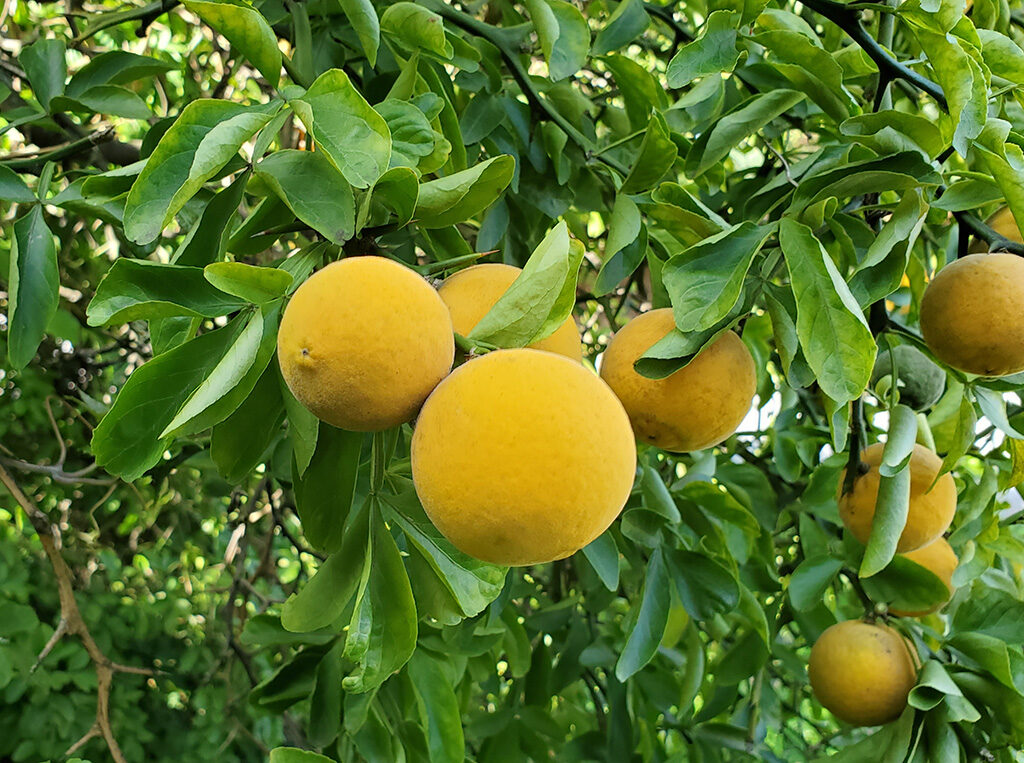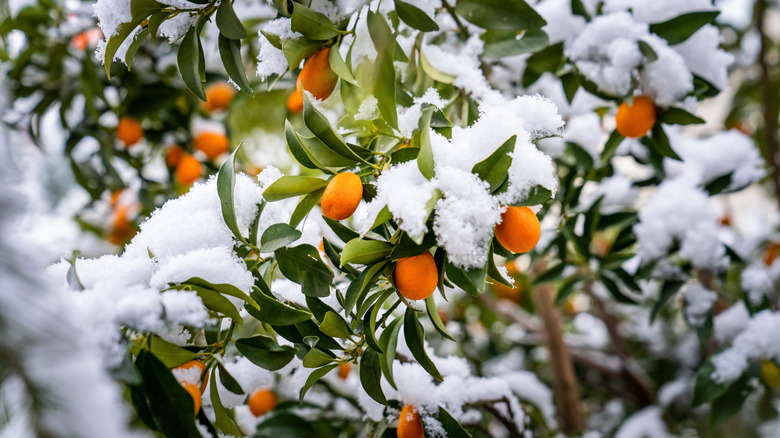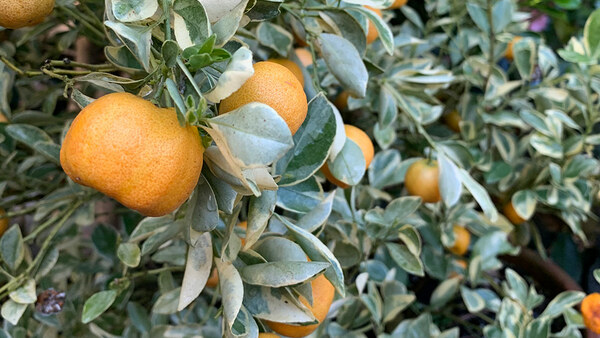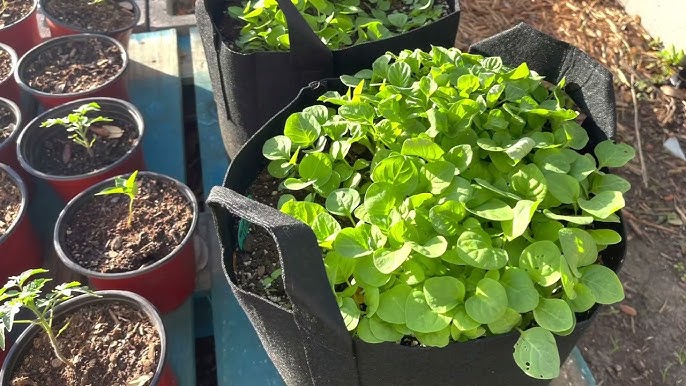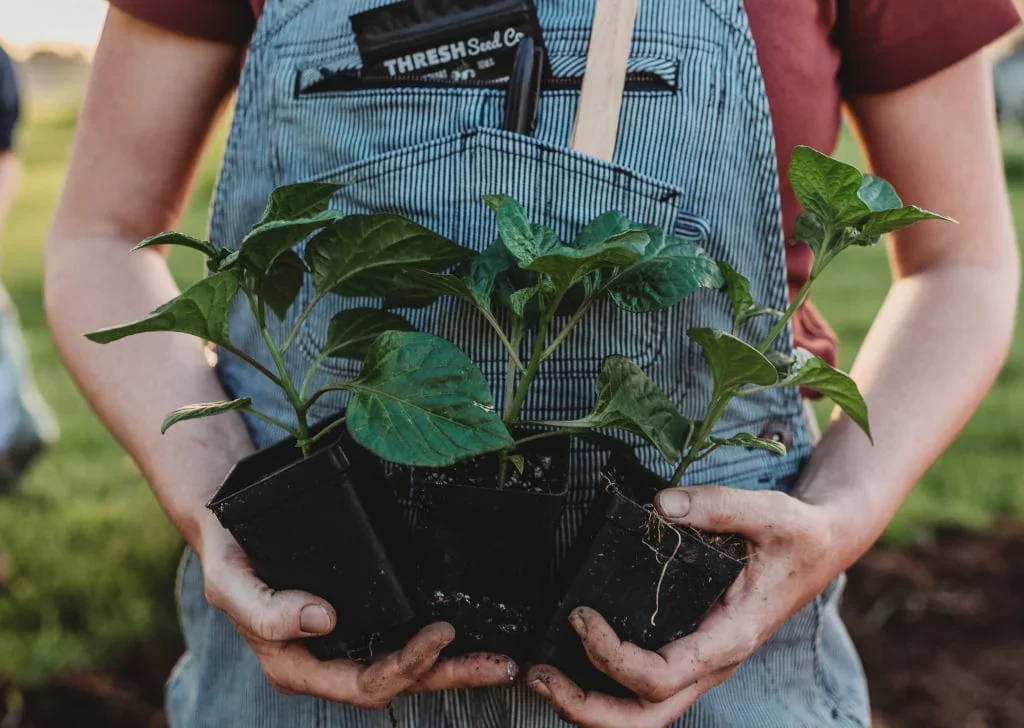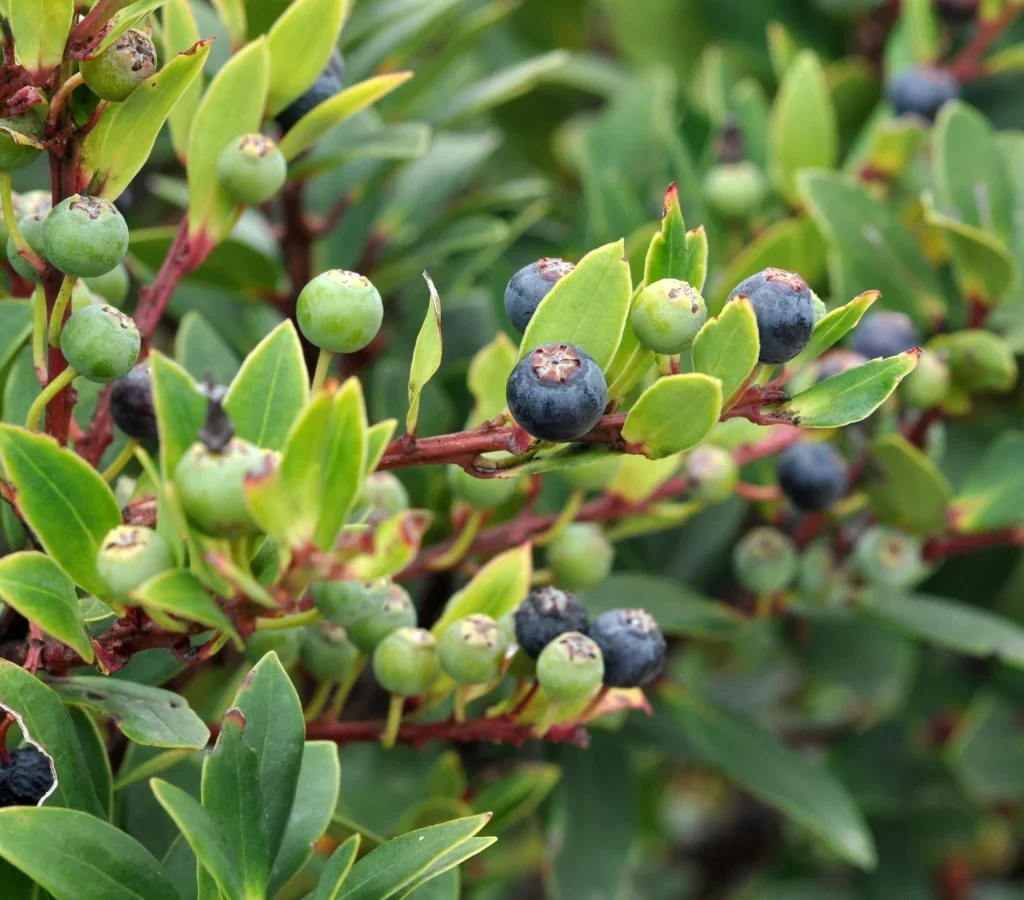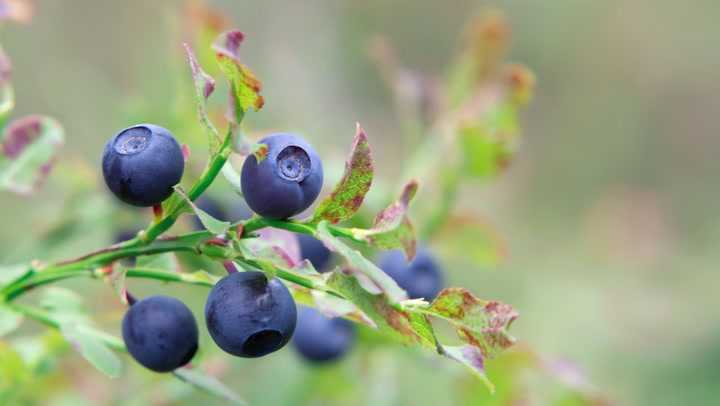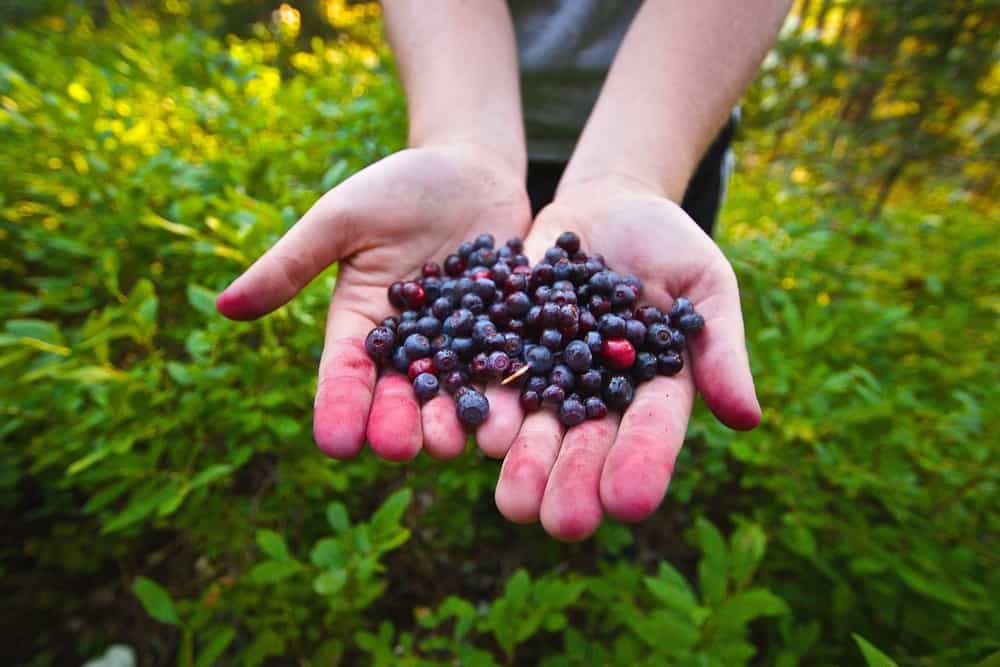If you live in the southern United States and dream of growing a unique, easy-to-care-for fruit tree that’s both delicious and drought-tolerant, the Jujube tree (also known as the Chinese Date) is a fantastic choice. Known for its small, apple-like fruits and impressive adaptability to heat and dry conditions, the Jujube has been cultivated for over 4,000 years in Asia and is now gaining popularity in southern gardens and orchards.
In this comprehensive guide, we’ll cover everything you need to know to grow thriving Jujube trees in the South — from choosing the right varieties to planting, caring, and harvesting these charming and productive trees.
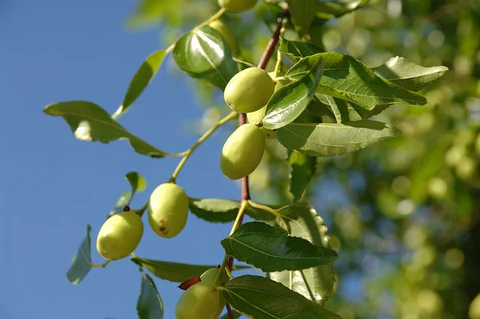
What is a Jujube Tree?
The Jujube (Ziziphus jujuba) is a deciduous fruit tree native to China but perfectly suited for southern U.S. climates. It produces small, oval-shaped fruits that turn from green to reddish-brown as they ripen. The flavor varies from crisp and apple-like when fresh to sweet and date-like when dried.
Jujubes thrive in USDA hardiness zones 6 through 11, making them ideal for southern states such as Texas, Louisiana, Georgia, Alabama, Florida, and the Carolinas.
Why Grow Jujube Trees in the South?
Jujube trees are particularly well-suited for southern climates because:
- Heat and drought tolerance: They handle high summer temperatures and dry spells with ease.
- Pest and disease resistance: Few pests and diseases trouble these hardy trees.
- Low maintenance: Minimal pruning and fertilizing needs.
- Nutrient-rich fruit: High in vitamin C, antioxidants, and minerals.
- Versatile use: Enjoyed fresh, dried, in teas, or even fermented.
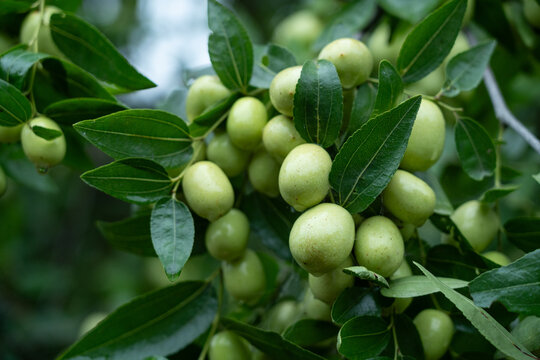
Choosing the Right Jujube Varieties
While there are over 400 Jujube cultivars worldwide, a few perform exceptionally well in the southern U.S. Consider these popular varieties:
- ‘Li’: One of the best choices for fresh eating. Large, round fruits with a crisp, sweet flavor. Self-fertile.
- ‘Lang’: Elongated fruits, excellent for drying. Benefits from cross-pollination with ‘Li’.
- ‘Honey Jar’: A newer, smaller-fruited variety prized for its intensely sweet flavor.
- ‘Sugar Cane’: Noted for its crunchy texture and high sugar content.
- ‘Shanxi Li’: Produces large, sweet fruits and is highly productive.
If possible, plant more than one variety to improve fruit set and enjoy a longer harvest season.
How to Plant Jujube Trees
1. Site Selection
Jujubes love the sun — aim for a spot that receives at least 6-8 hours of direct sunlight daily. Well-drained soil is crucial, as they dislike wet feet.
Tip: Avoid planting in low-lying areas where water may collect.
2. Soil Preparation
Jujubes aren’t picky about soil type and thrive in everything from sandy to loamy soils. That said:
- Aim for a soil pH between 5.5 and 7.8.
- Loosen the soil to a depth of 18-24 inches.
- Add organic matter if your soil is poor, though overly rich soil can cause excessive vegetative growth at the expense of fruit.
3. Planting
- Best planting time: Late winter to early spring, after the risk of frost.
- Dig a hole twice as wide and as deep as the tree’s root ball.
- Place the tree in the hole, keeping the graft union (if present) above soil level.
- Backfill with native soil and water deeply.
Spacing: Plant trees 15-20 feet apart to allow adequate room for growth.
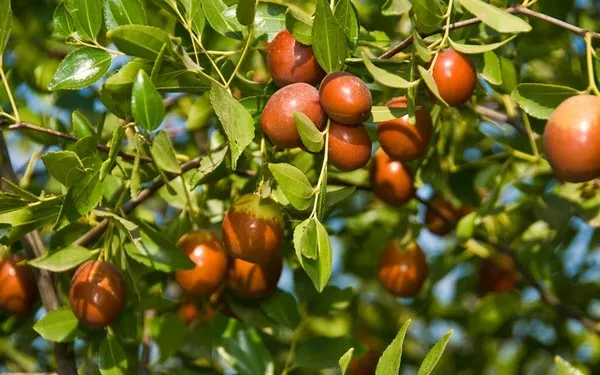
Caring for Your Jujube Tree
1. Watering
Although drought-tolerant once established, young Jujube trees need regular watering during their first year:
- Water deeply once a week during dry spells.
- Reduce watering once the tree matures, as overwatering can reduce fruit quality.
2. Fertilizing
Jujube trees generally require minimal fertilization:
- Apply a balanced fertilizer like 10-10-10 in early spring as new growth emerges.
- Avoid heavy nitrogen applications, which promote foliage at the expense of fruit.
3. Pruning
Jujubes need little pruning beyond shaping and removing dead or crossing branches:
- In late winter or early spring, thin out crowded branches.
- Encourage an open center shape for good airflow and light penetration.
4. Mulching
Apply a 2-3 inch layer of organic mulch around the base of the tree to retain moisture, suppress weeds, and moderate soil temperature.
Pests and Diseases
One of the biggest advantages of growing Jujube trees is their natural resistance to most pests and diseases. Occasionally, you might encounter:
- Leaf-footed bugs or stink bugs: Can damage fruits; handpick or use organic insecticides if necessary.
- Spider mites: Can appear in hot, dry weather. Use horticultural oil or insecticidal soap.
- Rust: Rare, but treat with a fungicide if it occurs.
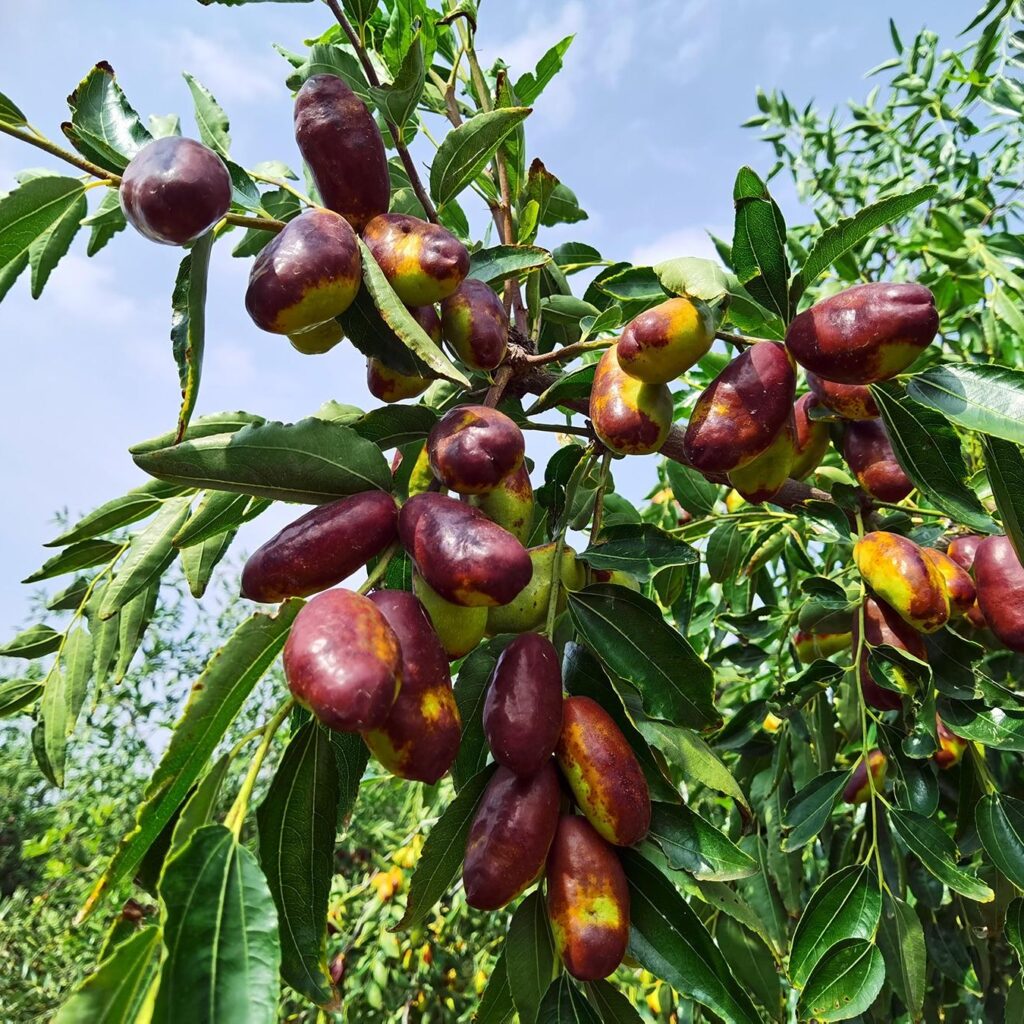
Harvesting Jujube Fruits
Jujube fruits typically ripen from late summer to early fall, depending on your location and variety.
- Fresh use: Pick when the fruit turns from green to light brown. It should be crisp and sweet.
- For drying: Allow fruits to fully ripen to a dark reddish-brown and begin to wrinkle on the tree.
Fruits store well in the refrigerator for 2-3 weeks, and dried Jujubes can last for several months in an airtight container.
Propagating Jujube Trees
If you’d like to expand your orchard or share trees with friends, propagation can be done through:
- Grafting: Most commercial Jujubes are grafted onto hardy rootstocks.
- Root suckers: Jujube trees often produce suckers you can dig up and replant.
- Seed propagation: Possible but slower, and seed-grown trees may not be true to type.
Enjoying Jujube Fruits
Jujubes are incredibly versatile:
- Eat them fresh like an apple.
- Dry them for a chewy, date-like snack.
- Brew into teas.
- Use in jams, preserves, or fermented drinks.
- Slice and add to salads or desserts.
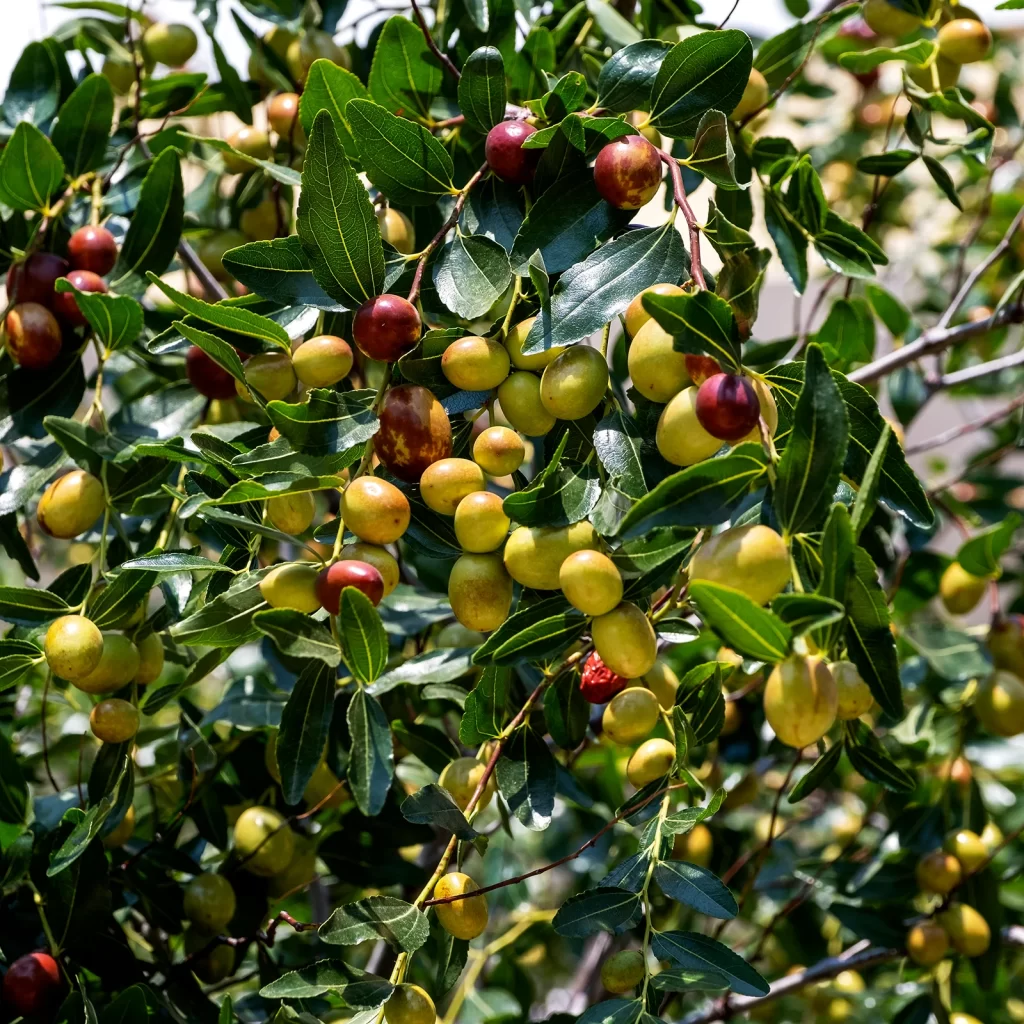
Final Thoughts
Jujube trees are one of the most rewarding, low-maintenance fruit trees you can grow in the southern United States. With their drought tolerance, minimal pest issues, and nutrient-rich fruits, they’re an excellent addition to home gardens, homesteads, and urban orchards.
Whether you’re looking for a tree that can handle intense summer heat or a new, conversation-starting fruit to share with friends, the Jujube is a charming, productive choice that won’t disappoint.

